A parental taxi-run to Oxford allowed for a hasty (15min) dash into the Ashmolean Museum and more specifically to the 'Cast Gallery' that began in 1884 as a resource for teaching classical archaeology. The following are a few 'snaps' I managed to take - along with a promise to come back and spend some quality time in the future! (spent almost more time in the loo than I did in the gallery 😆)
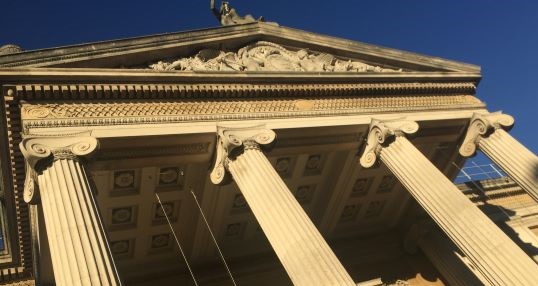
The text is taken either from the accompanying museum labels - or from the online catalogue.
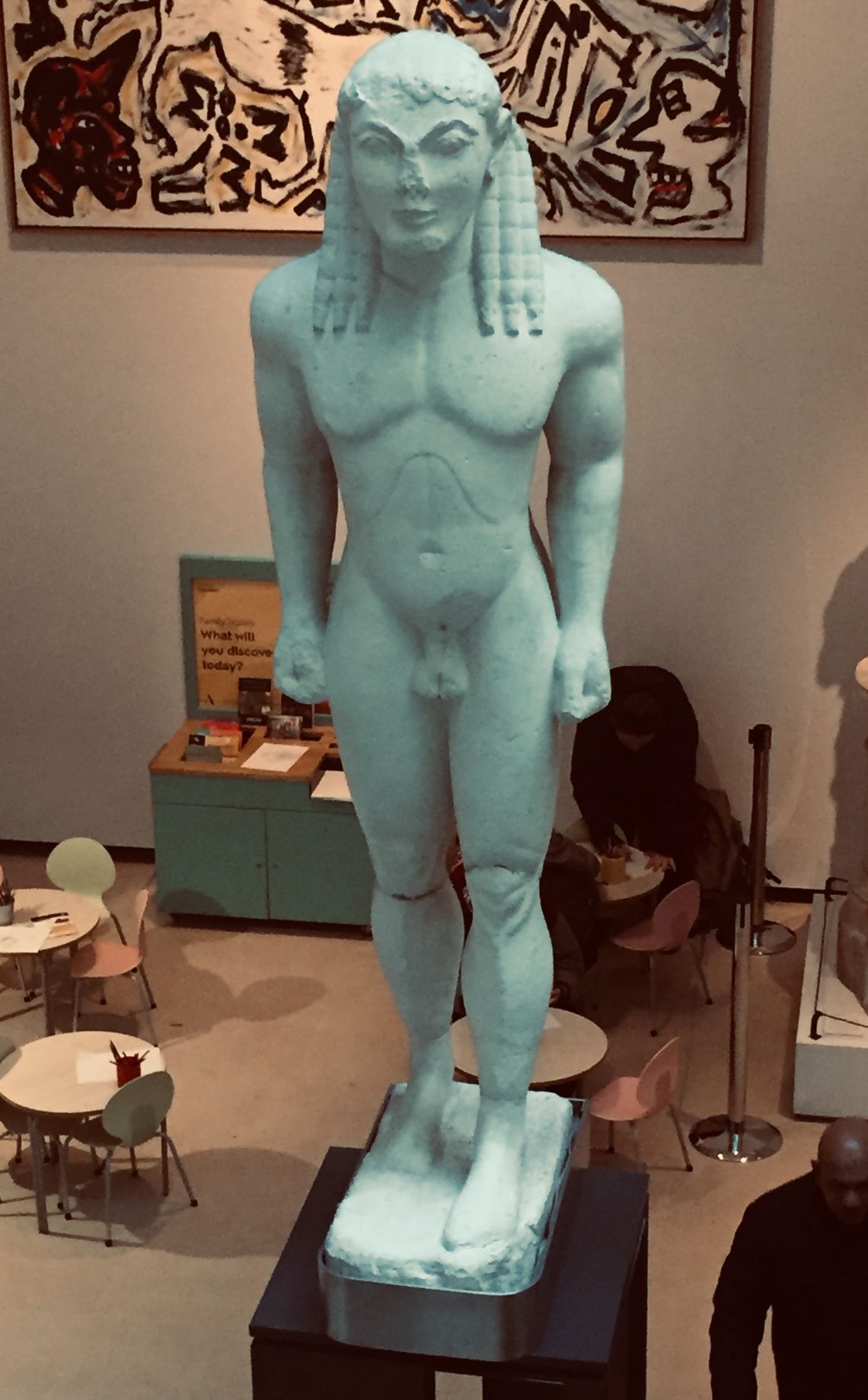
Cast of early Greek kouros, Delphi, Greece,
c. 570 BCE
'The stocky, heavily muscled naked figure stands
in the schematic ‘walking’ pose copied from
Egypt by early Greek sculptors, signifying motion
and life. One of a pair excavated in the sanctuary
of Apollo at Delphi (now in Delphi Museum). The pair used to be identified as
Kleobis and Biton, after a story in Herodotus about two statues at Delphi, supposedly of these two boys from Argos, who pulled their mother, a priestess, in a cart to a festival she needed to get to. The subjects are however more likely to be heroes
or exemplary worshippers of Apollo, the god of the sanctuary. Such figures could carry a range of different meanings.
The engraved and simply modelled body surface, and the large eyes and flat-topped head are typical of the earliest large-scale Greek statues. The long hair is elaborately carved in thick, beaded locks, an archaic aristocratic fashion of the period. The subject is beardless, yet has strong muscle development, a full scrotum, and a trimmed mat of pubic hair - he stands on the threshold of manhood.'
[Note that the hair on this kouros is shown coming over the shoulders, more like a kore - presumably a 'local' (in either time or place) variant in style?]
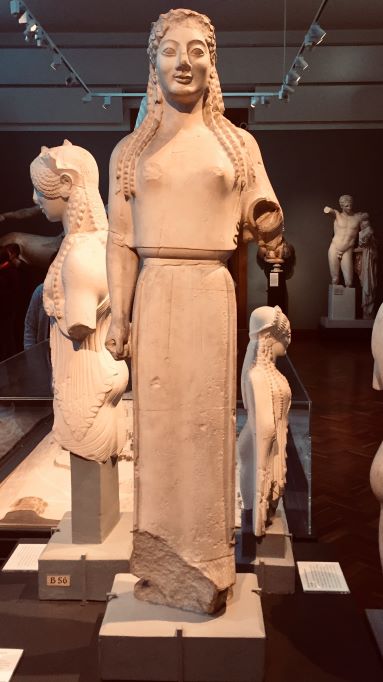
Cast of ‘Peplos kore’, from Athenian Acropolis,
c. 530 BCE
'The young woman held an offering in her
outstretched left hand (missing) and wears an
unusual combination of clothes: a thin underdress visible at her feet, a thick belted dress or
skirt, and a short mantle. The outer clothing
would have been brightly patterned and
painted.'
--------------------------------------------------------------------
Athens, Acropolis Museum, inv. 679.
Found in three fragments in the 1880s, northwest of the Erechtheion on the Athenian Acropolis.
Small statue of kore type. She has long hair falling in symmetrical tresses on either side of the head and down the back, held by fillet, and crowned by stephane. She wears a chiton, a long garment held by a belt, a long jacket, and a short mantle. Studies of remaining pigment on the original marble surface have revealed complex painted decoration, with animal friezes on the long garment and lotus-palmette and running spirals on the jacket.
In: Frederiksen, Rune, and R.R.R. Smith, The Cast Gallery of the Ashmolean Museum: Catalogue of plaster casts of Greek and Roman sculpture (Oxford: Ashmolean Museum, 2011)
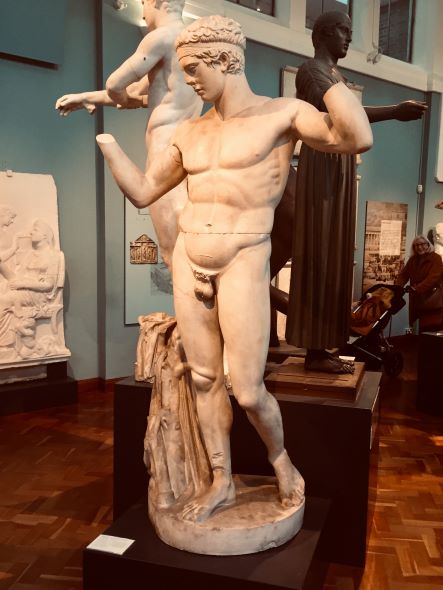
Cast of Diadoumenos (hair- binder) of
Polykleitos, from Delos, c. 100 BCE
'A young athelete ties a fillet around his head
after winning a contest. The marble statue is a
sensitive Hellenistic version of a bronze victor
statue by the famous fifth century sculptor
Polykleitos of Argos, made in c430BC. Over forty
later copies attest the impact of this statue.'
--------------------------------------------------------------------
Athens, National Museum, inv. 1826.Found in 1894 in the House of Diadoumenos on Delos, Greece.
Statue of naked athlete tying fillet in hair. A himation and quiver are draped over the supporting trunk to his right. Hellenistic, c. 100 BC copy of a statue of 440-420 BC by Polykleitos of Argos.
In: Frederiksen, Rune, and R.R.R. Smith, The Cast Gallery of the Ashmolean Museum: Catalogue of plaster casts of Greek and Roman sculpture (Oxford: Ashmolean Museum, 2011)

Cast of Diskobolos (discus-thrower) of Myron,
460-440BC
'An athelete is coiled up in a taut, momentary
pose, about to throw the discus- one of the
pentathelete’s five events. The cast combines
a headless statue from Hadrian’s Villa at Tivoli
and the head of a statue found in Rome. Copied
closely from a lost bronze victor statue by the
Athenian sculptor, Myron, active c460-440BC.'
--------------------------------------------------------------------
Statue: Vatican, Museo Pio Clementino, Sala della Biga, inv. 2346. Head (Lancelotti Head): Museo Nazionale Romano, inv. 126371.
Statue found in 1791 at Hadrian’s Villa at Tivoli, east of Rome. The head found (with its body) in 1781 in Villa Palombara on the Esquiline Hill in Rome.
Statue of naked, male athlete with short hair throwing the discus. The cast combines a statue in the Vatican with the head of a statue in the Museo Nazionale (ex. coll. Lancellotti). Roman, 2nd century AD, copying statue of c. 450 BC by Myron of Eleutherai.
Modern: lower left arm with hand, right lower leg with foot, fragments of body, right arm and diskos.
In: Frederiksen, Rune, and R.R.R. Smith, The Cast Gallery of the Ashmolean Museum: Catalogue of plaster casts of Greek and Roman sculpture (Oxford: Ashmolean Museum, 2011)
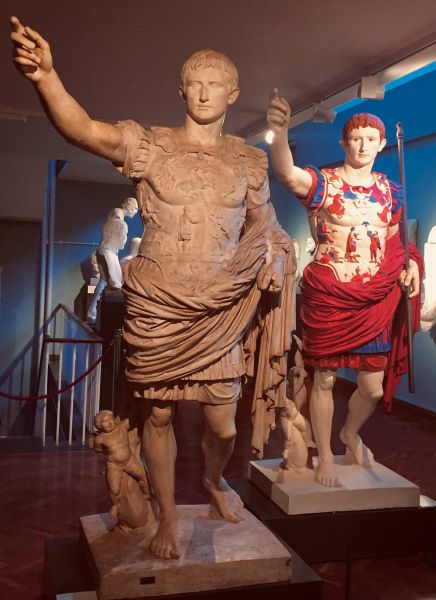
#
Emperor Augustus, from Villa of Livia at Prima Porta, near Rome c. 20 BCE'Augustus raises his right arm in the gesture of a general addressing his troops. The military commander's cloak and armour were the most distinctive of all Roman power costumes. The breastplate carries an elaborate allegory of the return of the standards lost to the Parthians in 19 BCE. The marble statue was once brightly painted'
'At the time of its discovery (1863), extensive remains of the statue's colouring were visible. In this reconstruction, the original pigments were recreated and their approximate shades were applied on the cloak, parts of the armour, the hair, the eyes, but not on the skin or on the ground of the armour, which were originally left uncoloured. The result shows some of the startling effect of polychromy applied to statues in antiquity.'
--------------------------------------------------------------------
Second, painted cast of the same original as B 161.
Cast acquired in 2009 from the Musei Vaticani. Reconstructed polychrome version produced under the scientific direction of P. Liverani.
In: Frederiksen, Rune, and R.R.R. Smith, The Cast Gallery of the Ashmolean Museum: Catalogue of plaster casts of Greek and Roman sculpture (Oxford: Ashmolean Museum, 2011)




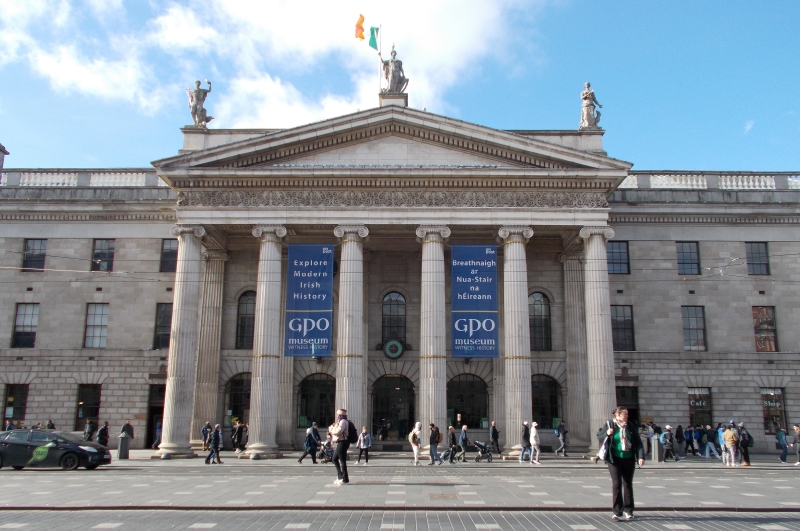
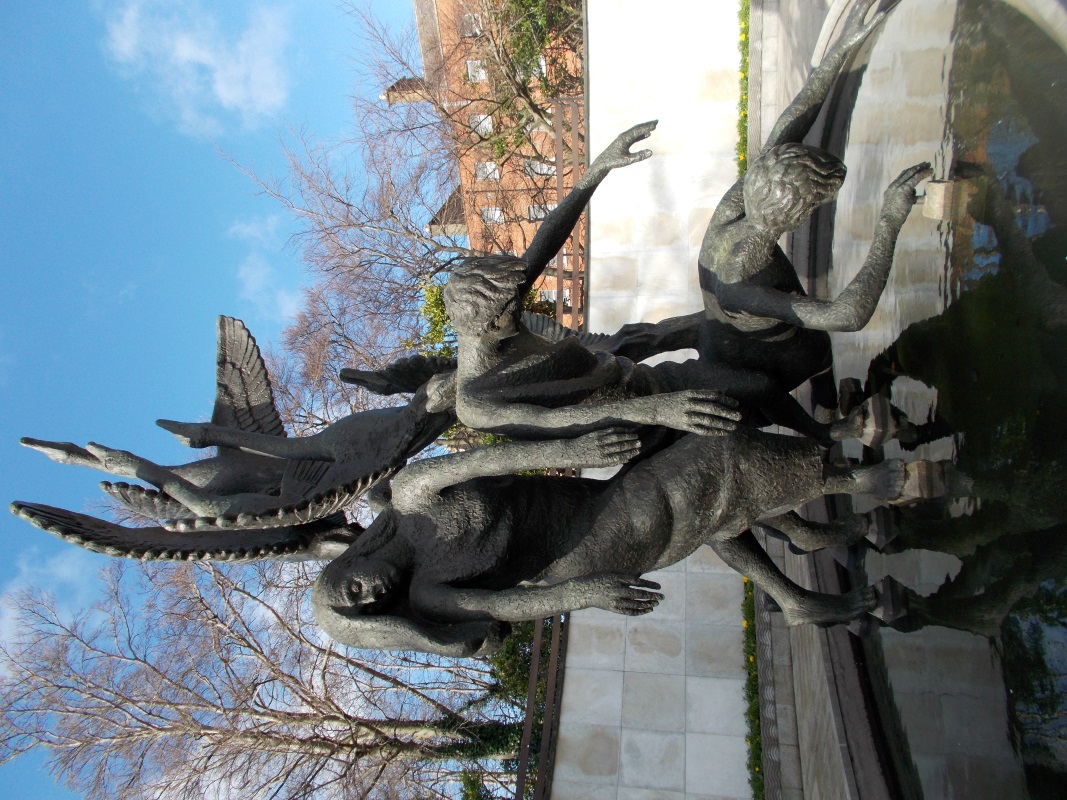
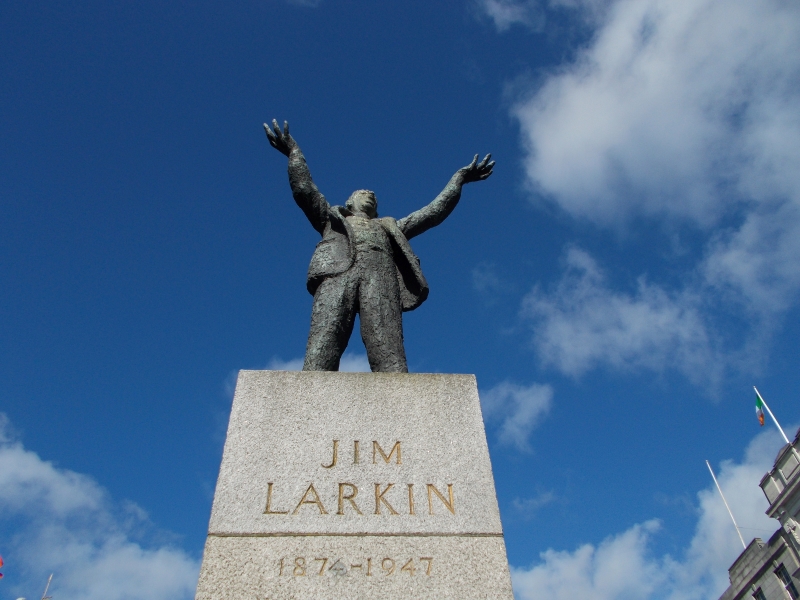
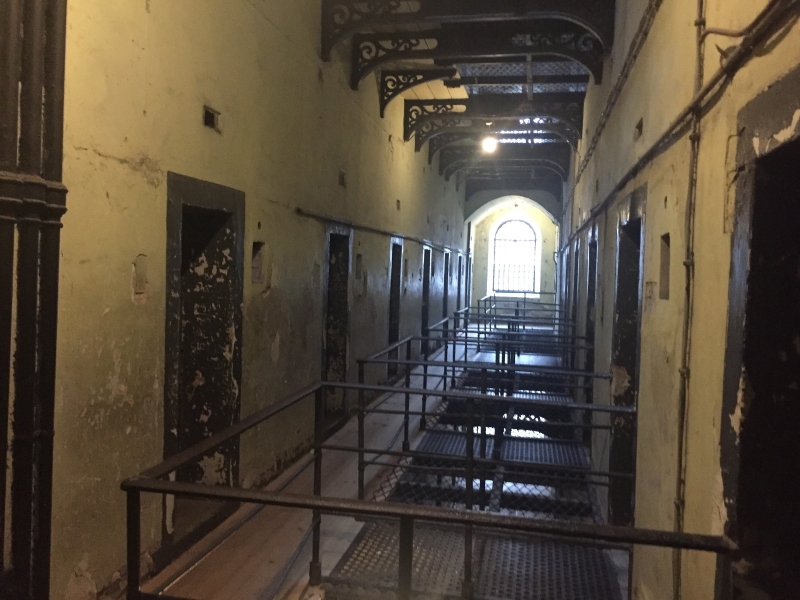
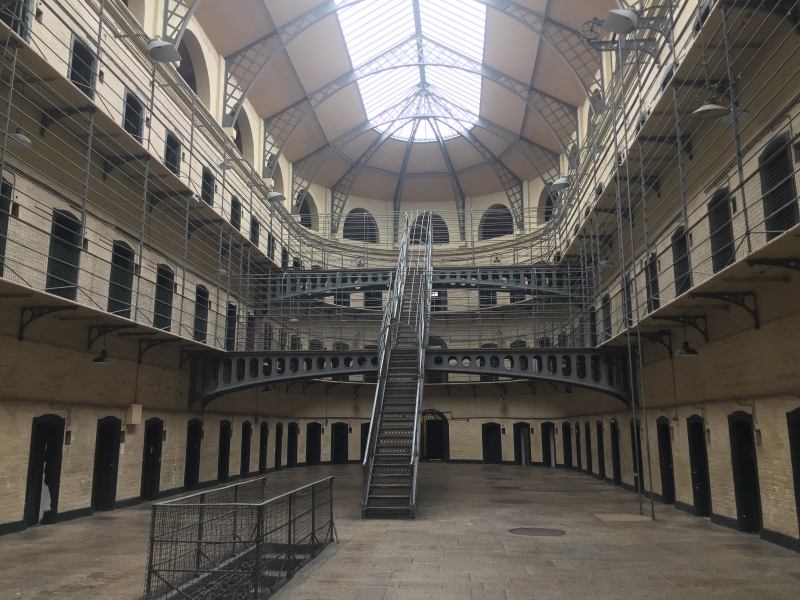
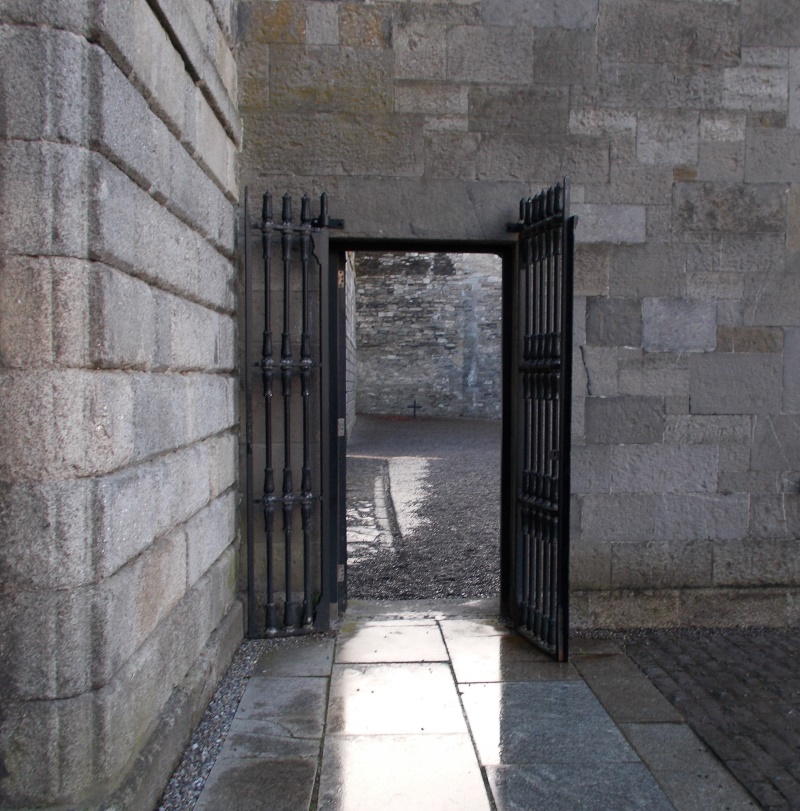

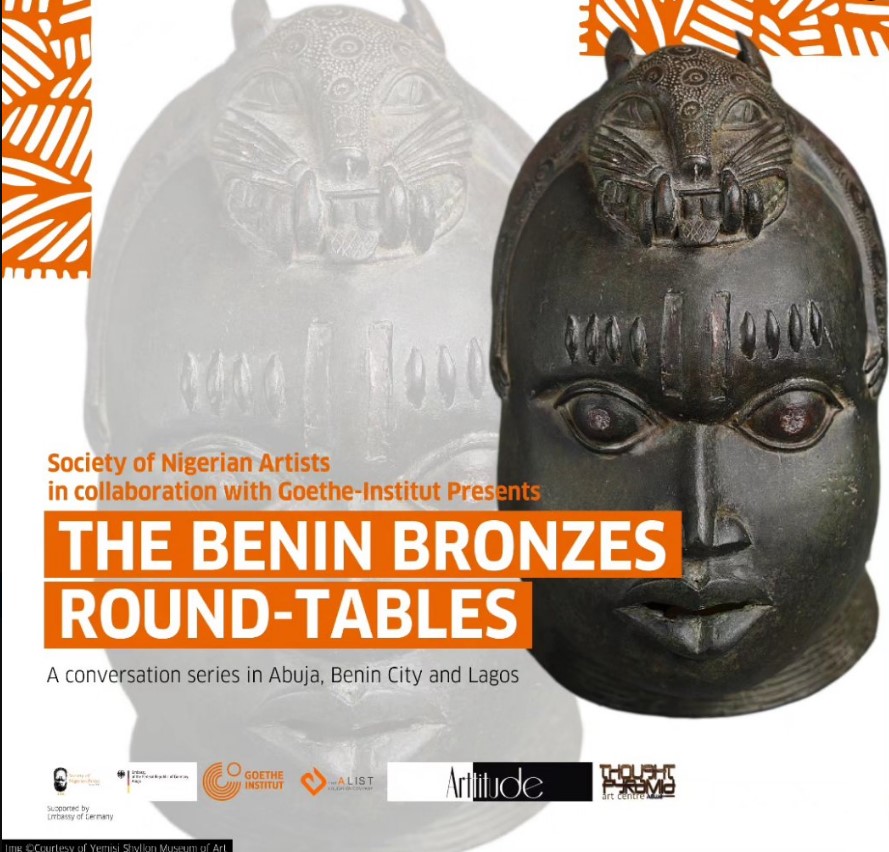
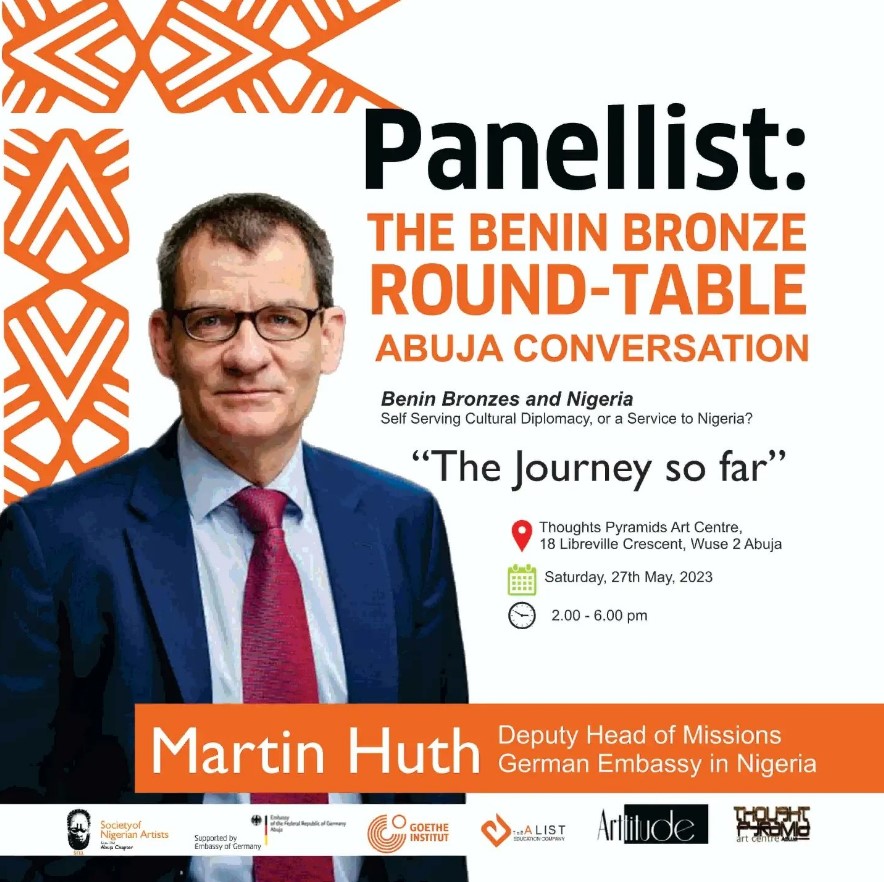 Martin Huth (Deputy Head of Missions, German Embassy) - gave a potted history of museums and collection in Germany. From the Renaissance an increased interest in ancient art and the beginnings of art collections started with state rulers in the Holy Roman Empire. This became more widespread amongst German elites after 1848, collection became fashionable and was accompanied by a developing scientific interest in ethnology. Germany was a relative 'latecomer' to European colonialism, but as this developed it brought a boost to collection. He highlighted that in the mid 20th century Germany had both perpetrated and been the victim of cultural looting; plundering art works from Jewish people and conquered populations and then losing materials to Soviet Union and Western Allies. He brought up the term the 'nationalisation of art' to describe current desires to repatriate art that had been seen to have been stolen. Huth dated a change in culture to the late 1960's with student activism and subsequent discussions in the 1970's about it being untenable to retain artefacts like Benin Bronzes. He was keen to hear what Nigerian civic society wanted as the model for display of the art and asked whether a 'museum culture' was something that African society wanted to embrace, or was this an overly Eurocentric view?
Martin Huth (Deputy Head of Missions, German Embassy) - gave a potted history of museums and collection in Germany. From the Renaissance an increased interest in ancient art and the beginnings of art collections started with state rulers in the Holy Roman Empire. This became more widespread amongst German elites after 1848, collection became fashionable and was accompanied by a developing scientific interest in ethnology. Germany was a relative 'latecomer' to European colonialism, but as this developed it brought a boost to collection. He highlighted that in the mid 20th century Germany had both perpetrated and been the victim of cultural looting; plundering art works from Jewish people and conquered populations and then losing materials to Soviet Union and Western Allies. He brought up the term the 'nationalisation of art' to describe current desires to repatriate art that had been seen to have been stolen. Huth dated a change in culture to the late 1960's with student activism and subsequent discussions in the 1970's about it being untenable to retain artefacts like Benin Bronzes. He was keen to hear what Nigerian civic society wanted as the model for display of the art and asked whether a 'museum culture' was something that African society wanted to embrace, or was this an overly Eurocentric view? John Asien (Nigerian Copyright Commission) - was very measured about concerns over the recent Presidential decree - he stressed that the Oba still had to work with others to ensure safe storage and display of the artefacts. He made an interesting point about ownership, highlighting that African culture stressed three parties in ownership,: ancestors, current and future generations.
John Asien (Nigerian Copyright Commission) - was very measured about concerns over the recent Presidential decree - he stressed that the Oba still had to work with others to ensure safe storage and display of the artefacts. He made an interesting point about ownership, highlighting that African culture stressed three parties in ownership,: ancestors, current and future generations.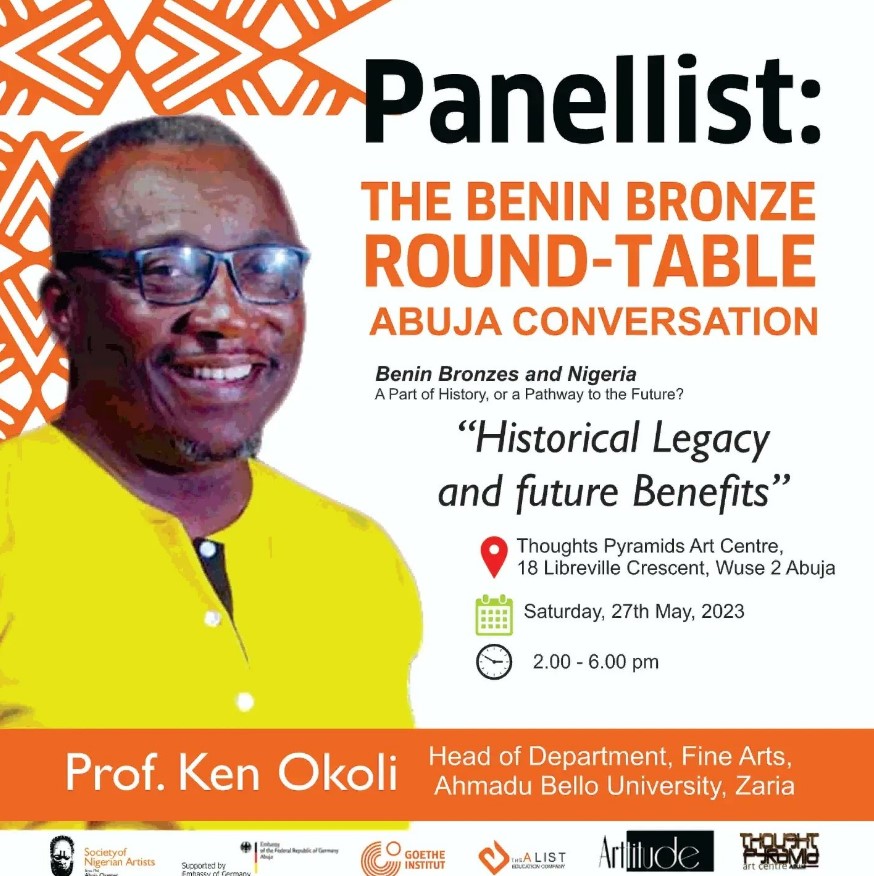 Prof Ken Okoli (Academic, Art Historian) - made interesting points about the sacred nature of the objects (something stressed by a number of speakers) this was something that was largely passed over in the A111 module materials. He proposed at one point that to view the objects, once returned, people would need to perform various ritual ablutions - and that the objects would need to be purified on return given their 'desecration' in the West. Along with a number of people on the panel and the audience he gave a strong 'Bini' perspective and was clear he thought the objects should be returned to the Oba.
Prof Ken Okoli (Academic, Art Historian) - made interesting points about the sacred nature of the objects (something stressed by a number of speakers) this was something that was largely passed over in the A111 module materials. He proposed at one point that to view the objects, once returned, people would need to perform various ritual ablutions - and that the objects would need to be purified on return given their 'desecration' in the West. Along with a number of people on the panel and the audience he gave a strong 'Bini' perspective and was clear he thought the objects should be returned to the Oba.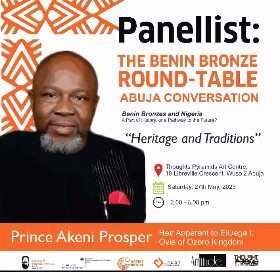 Prince Akeni Prosper (Heir-apparent to the Throne of Elluega I, the Ovie of Ozoro Kingdom) - gave an impressive account of his families' connection back to the 17th century civil wars in The Kingdom of Benin and the magical properties of the artefacts. Whilst the arguments around restitution were familiar, it was very interesting to hear them so eloquently put in terms of a 'traditional' community leader.
Prince Akeni Prosper (Heir-apparent to the Throne of Elluega I, the Ovie of Ozoro Kingdom) - gave an impressive account of his families' connection back to the 17th century civil wars in The Kingdom of Benin and the magical properties of the artefacts. Whilst the arguments around restitution were familiar, it was very interesting to hear them so eloquently put in terms of a 'traditional' community leader. 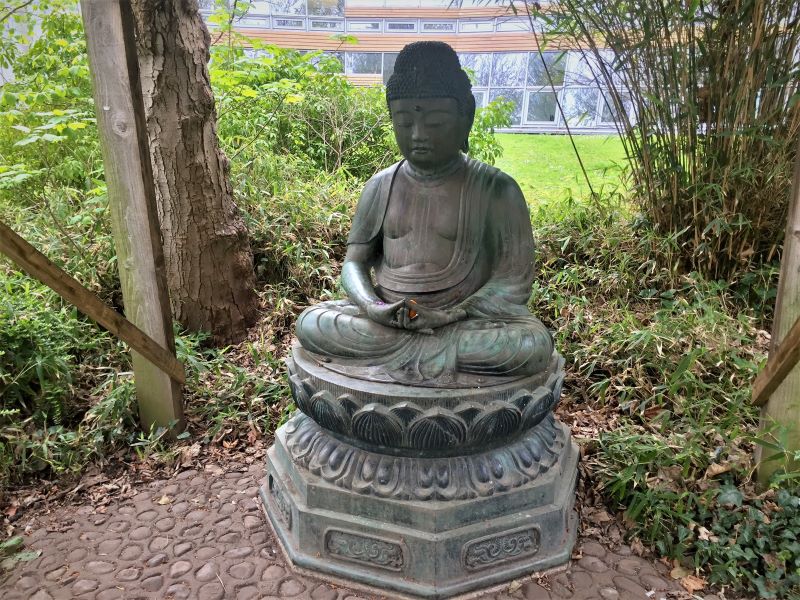
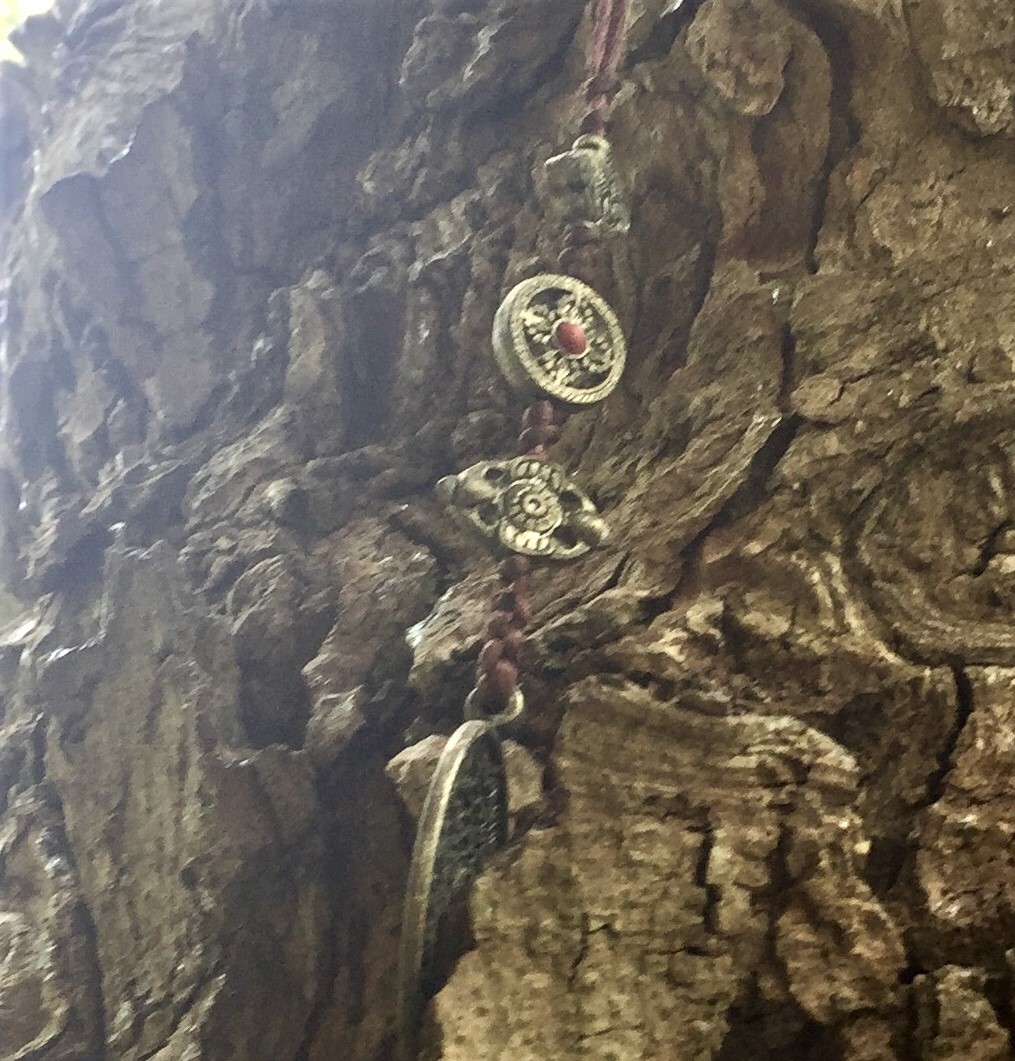


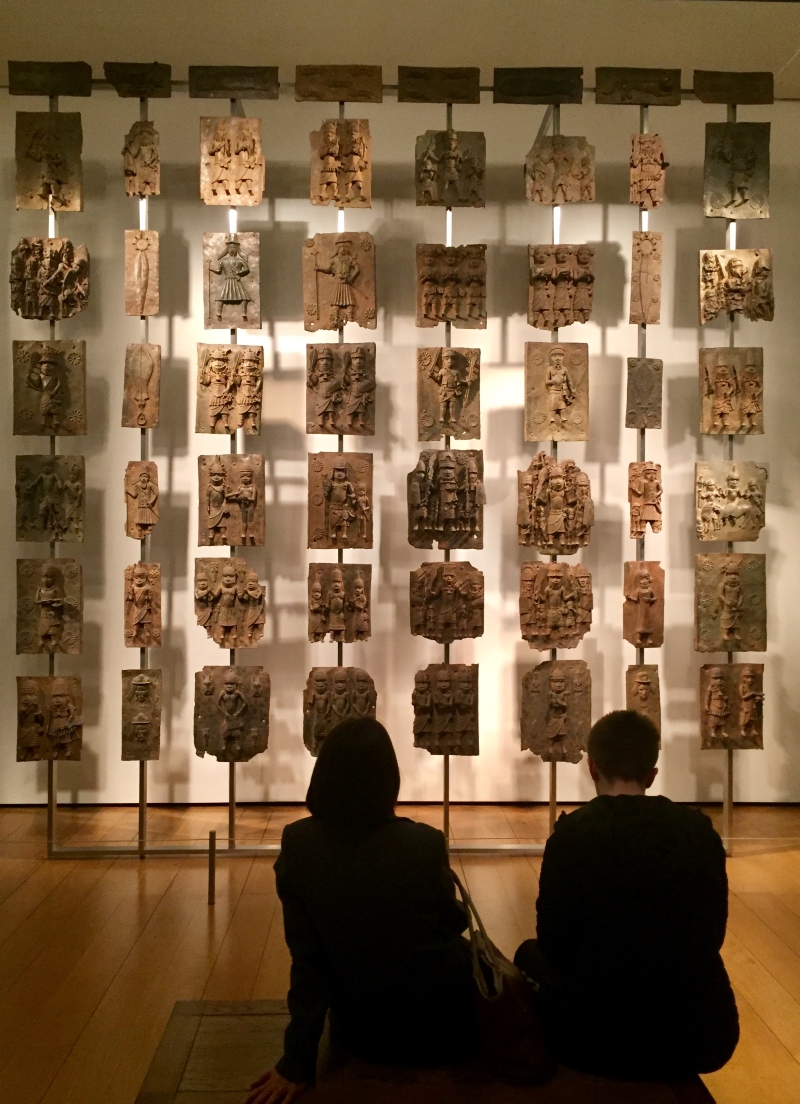
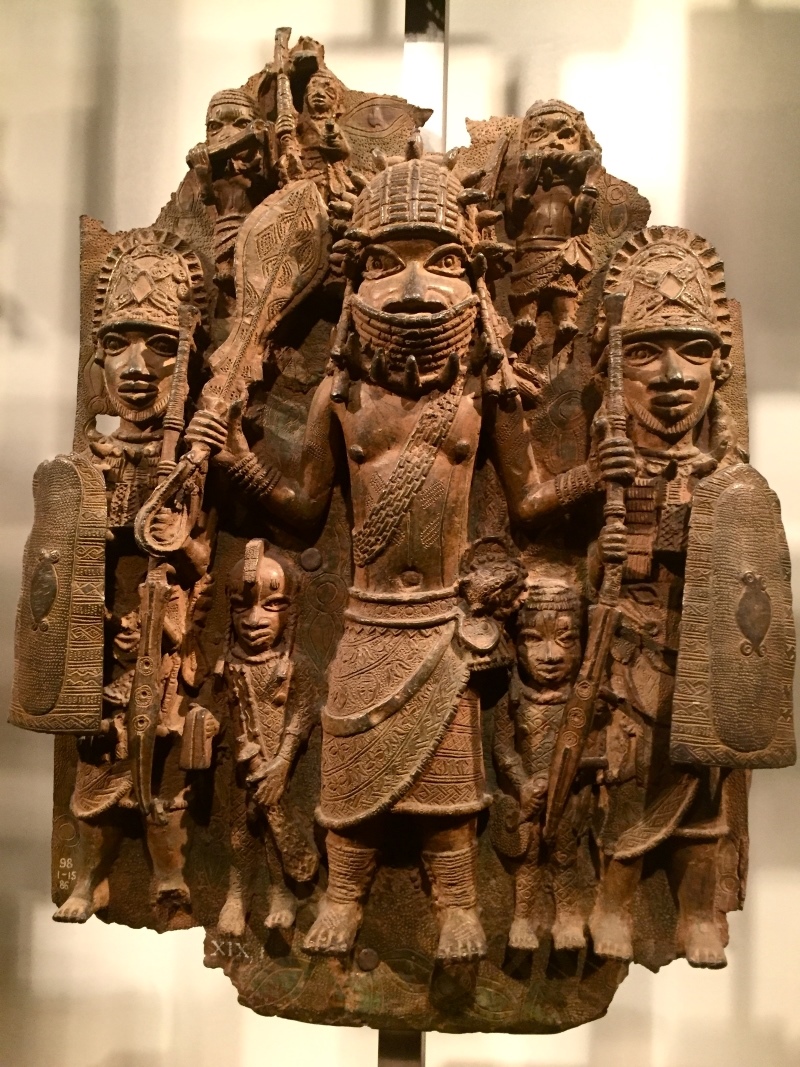
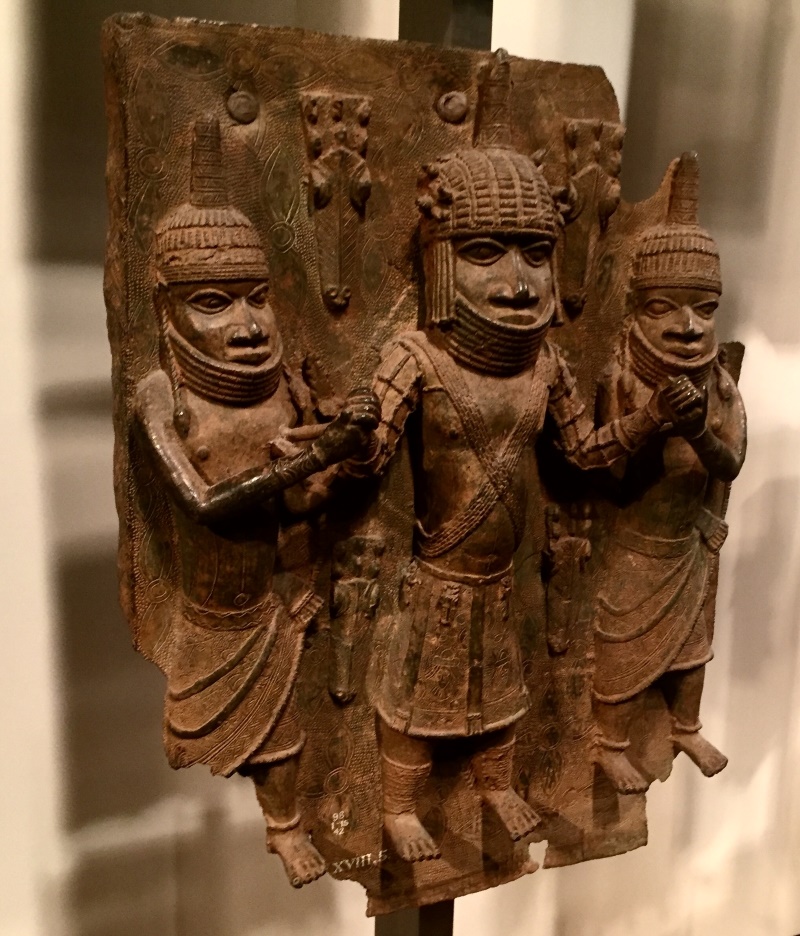
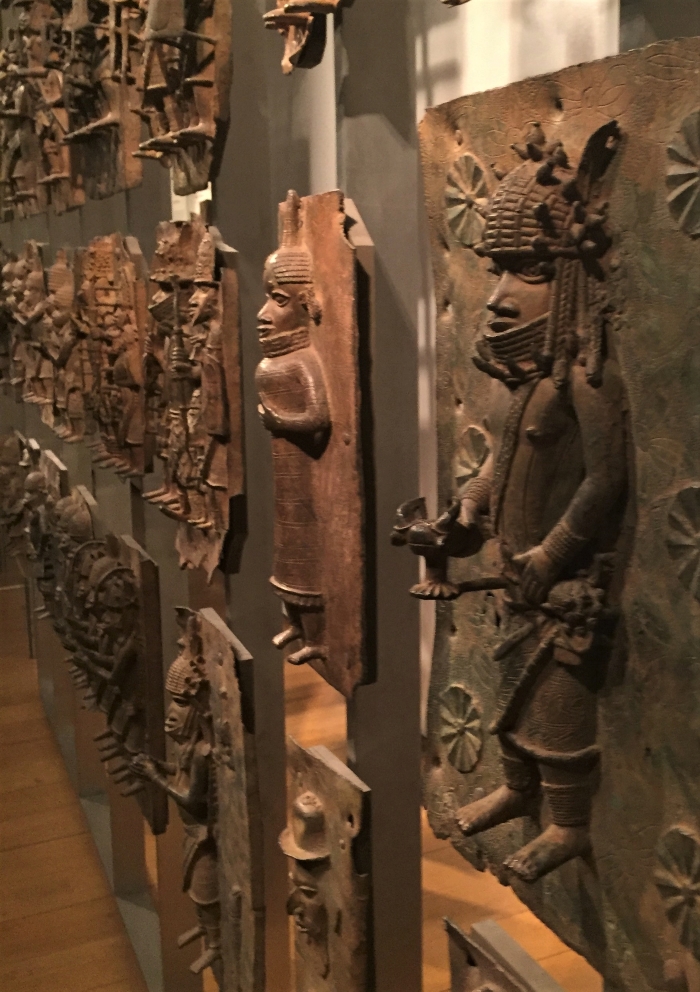
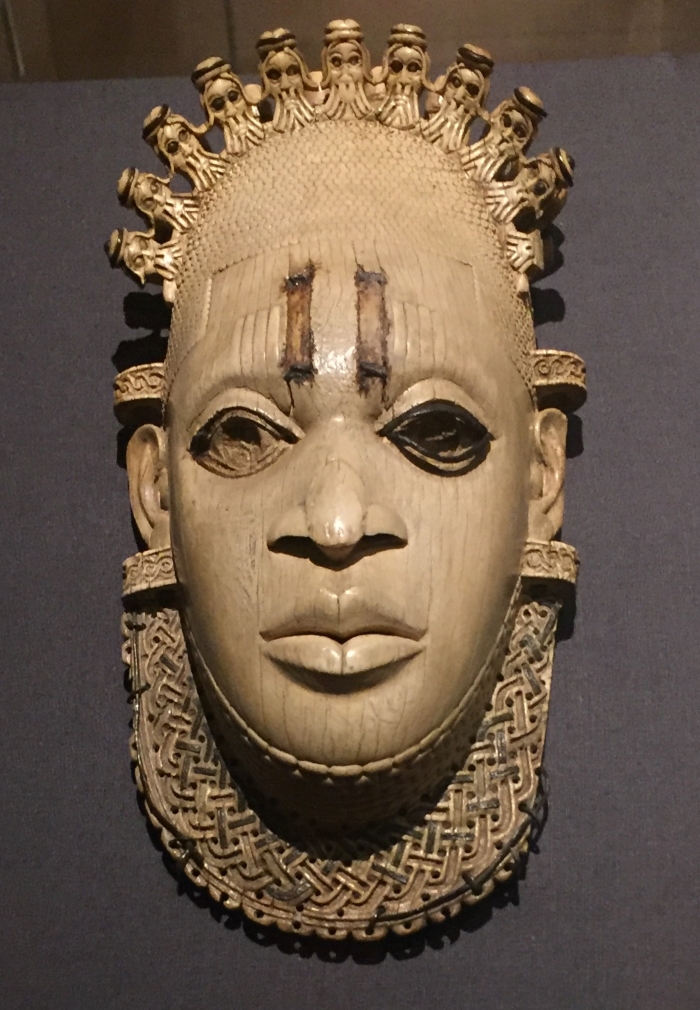
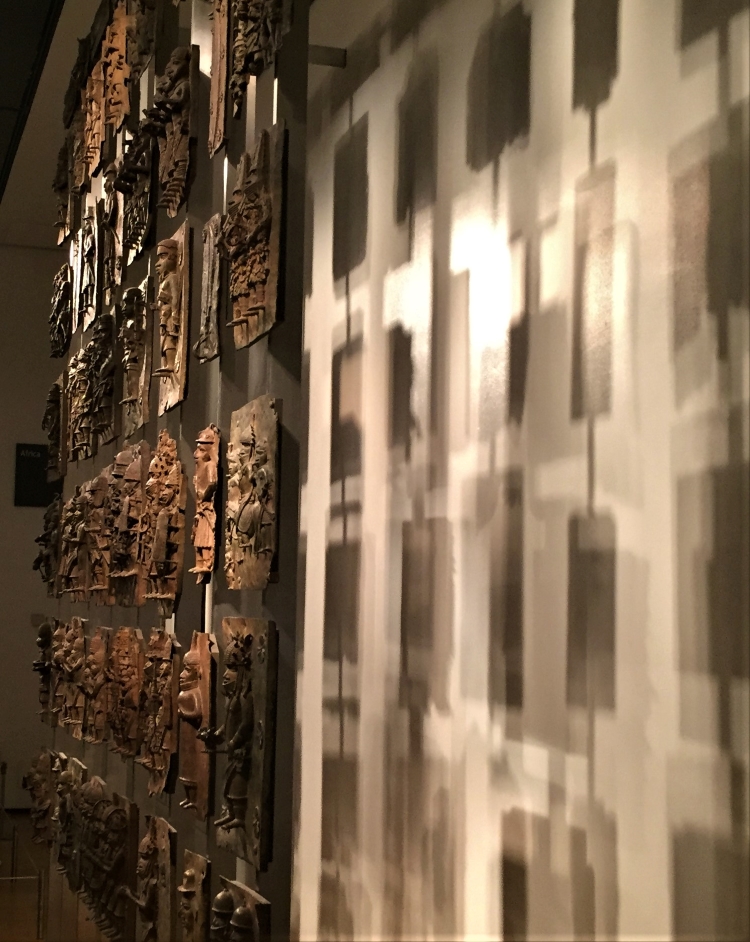
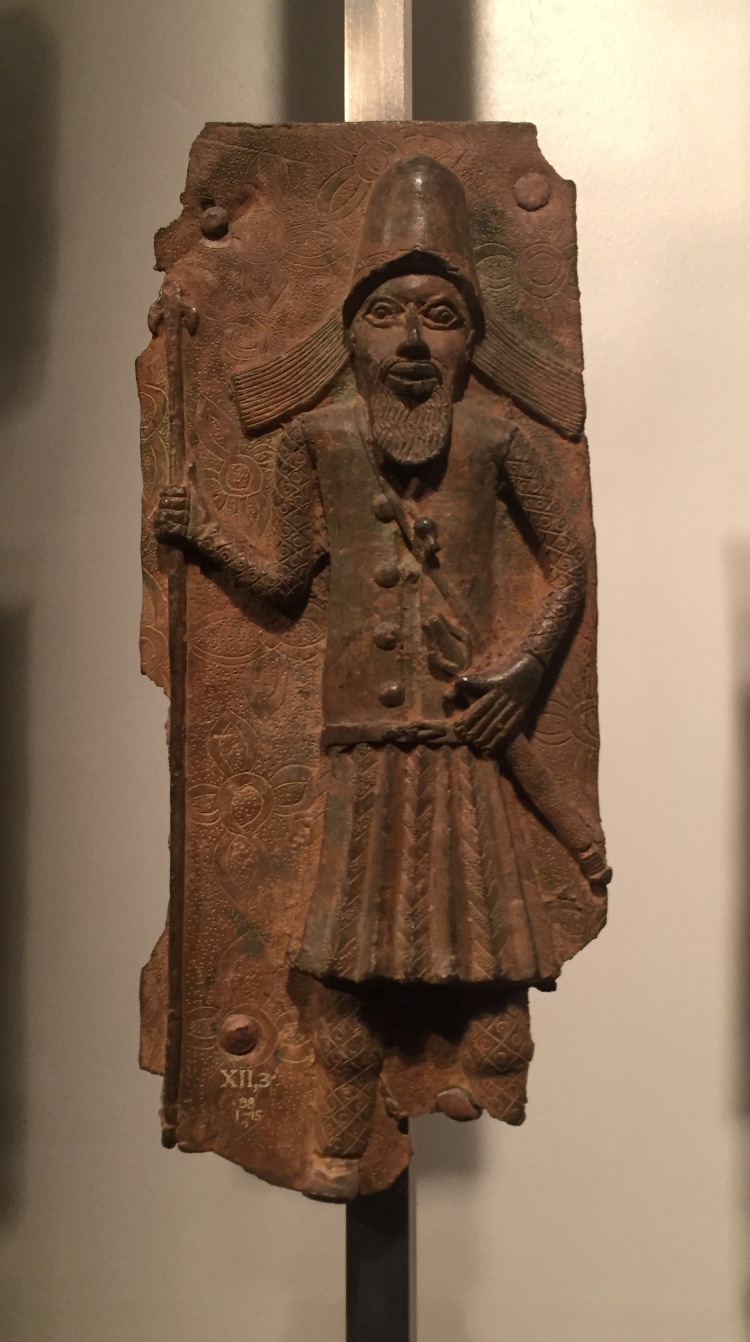

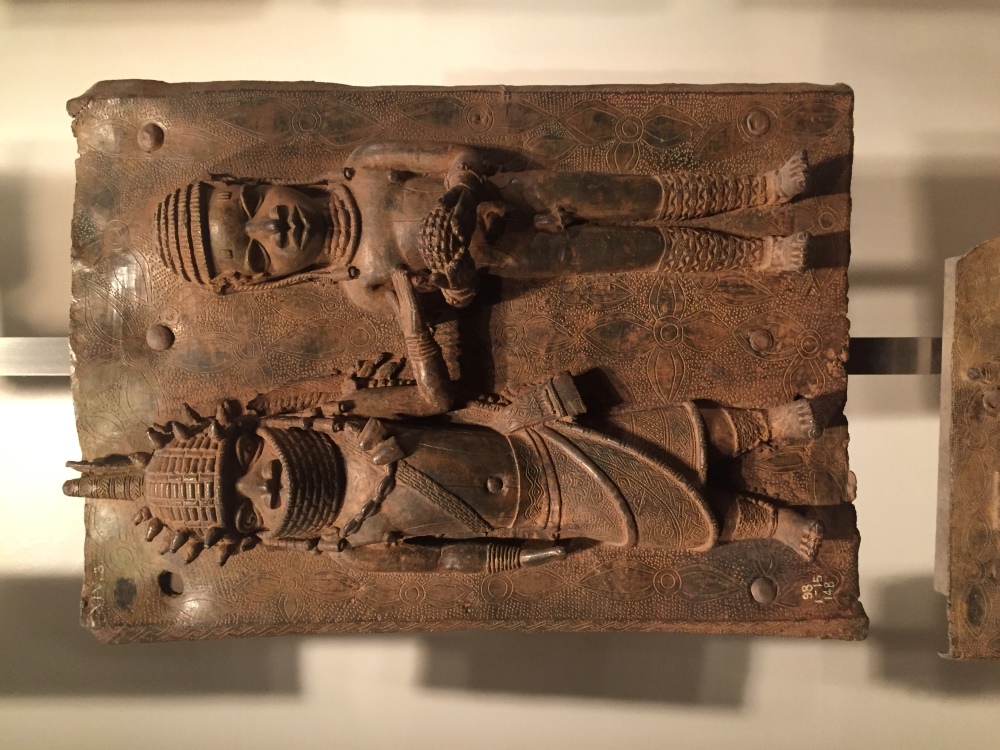
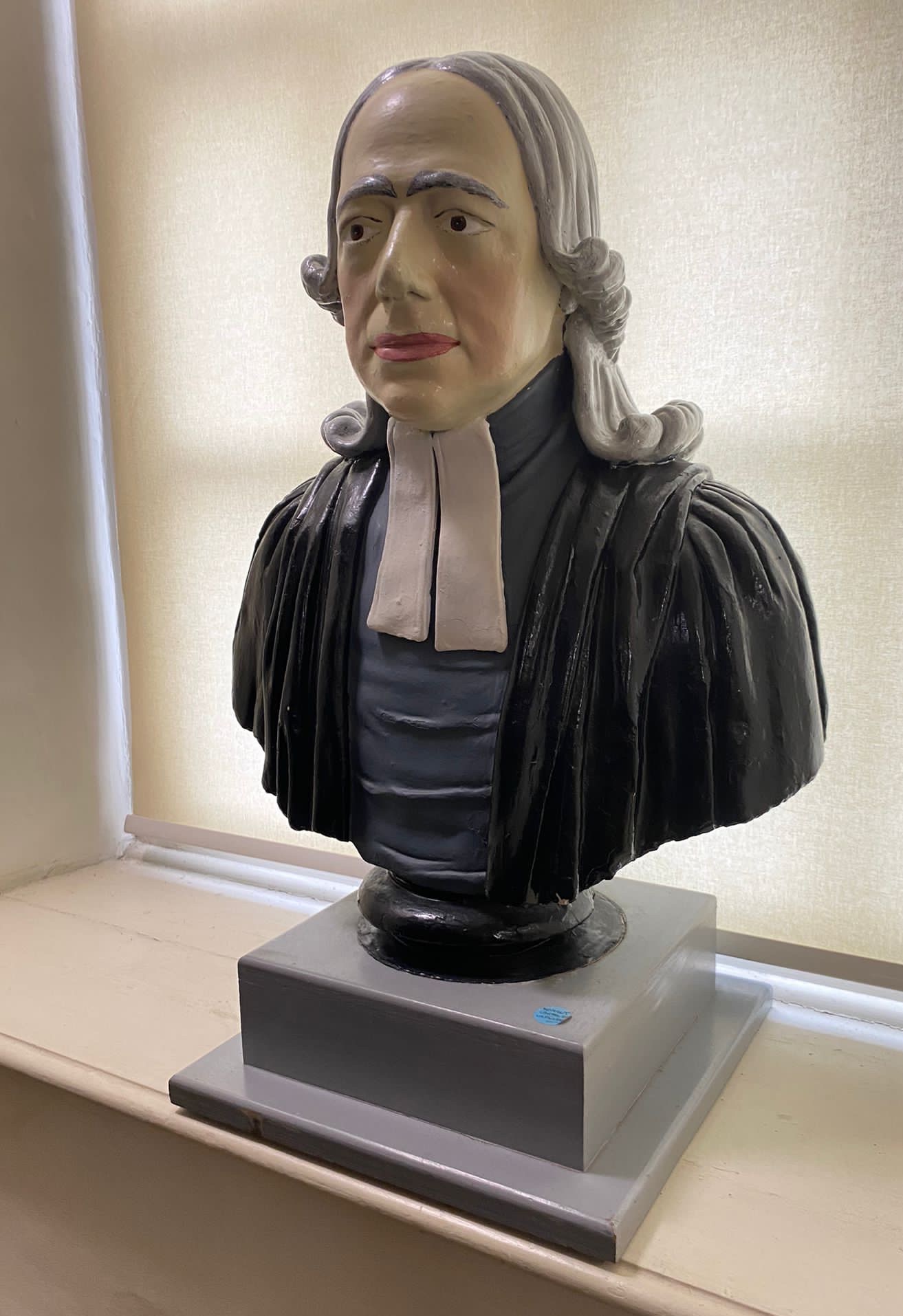


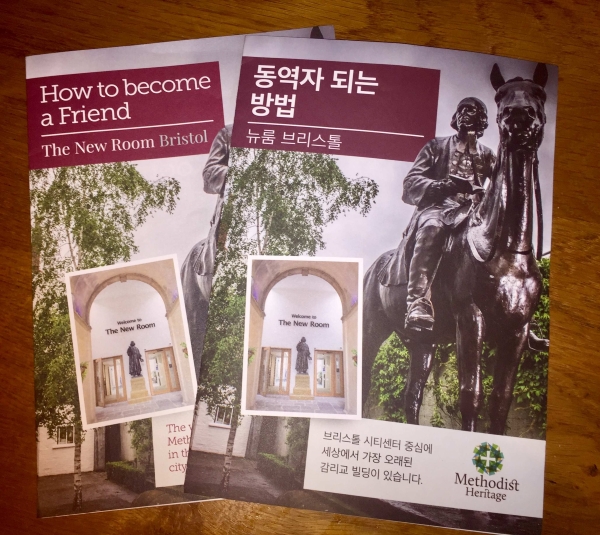
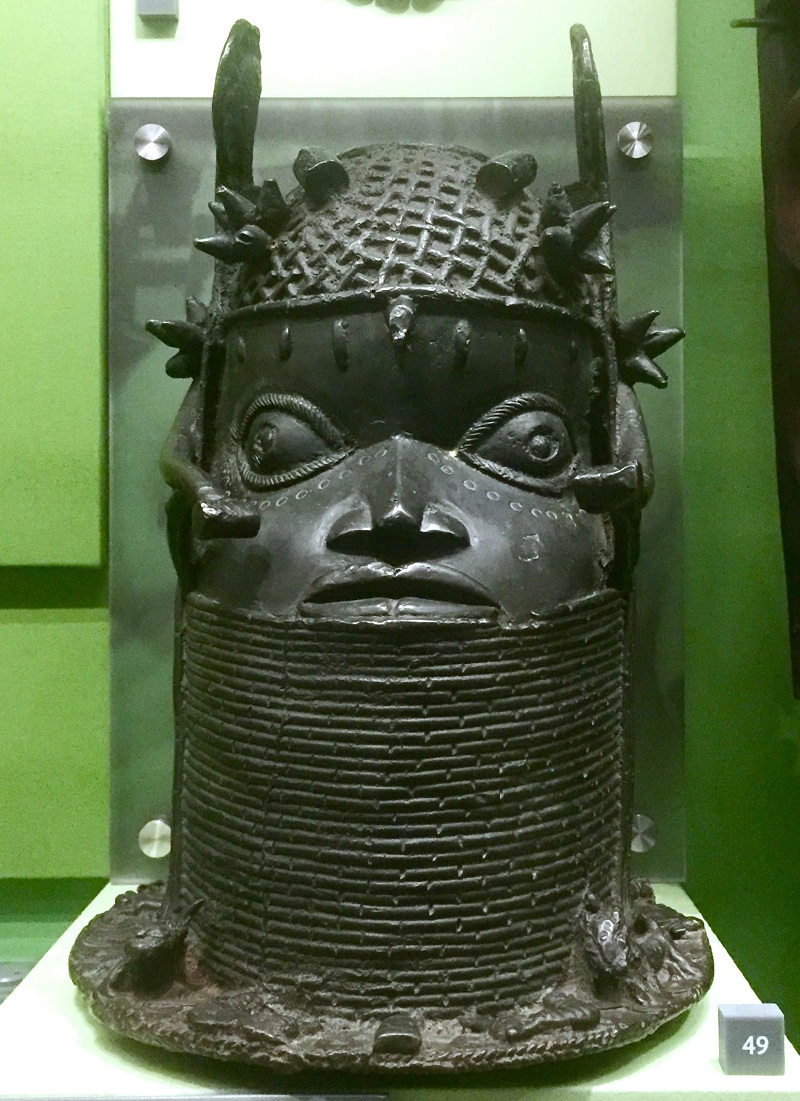
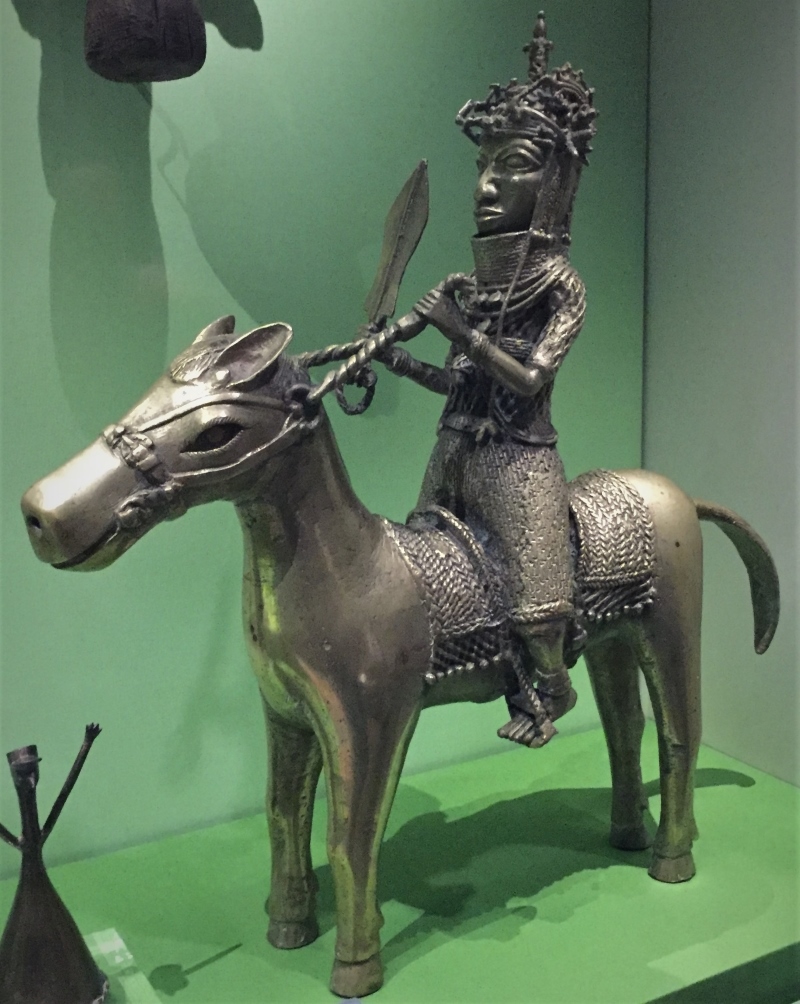

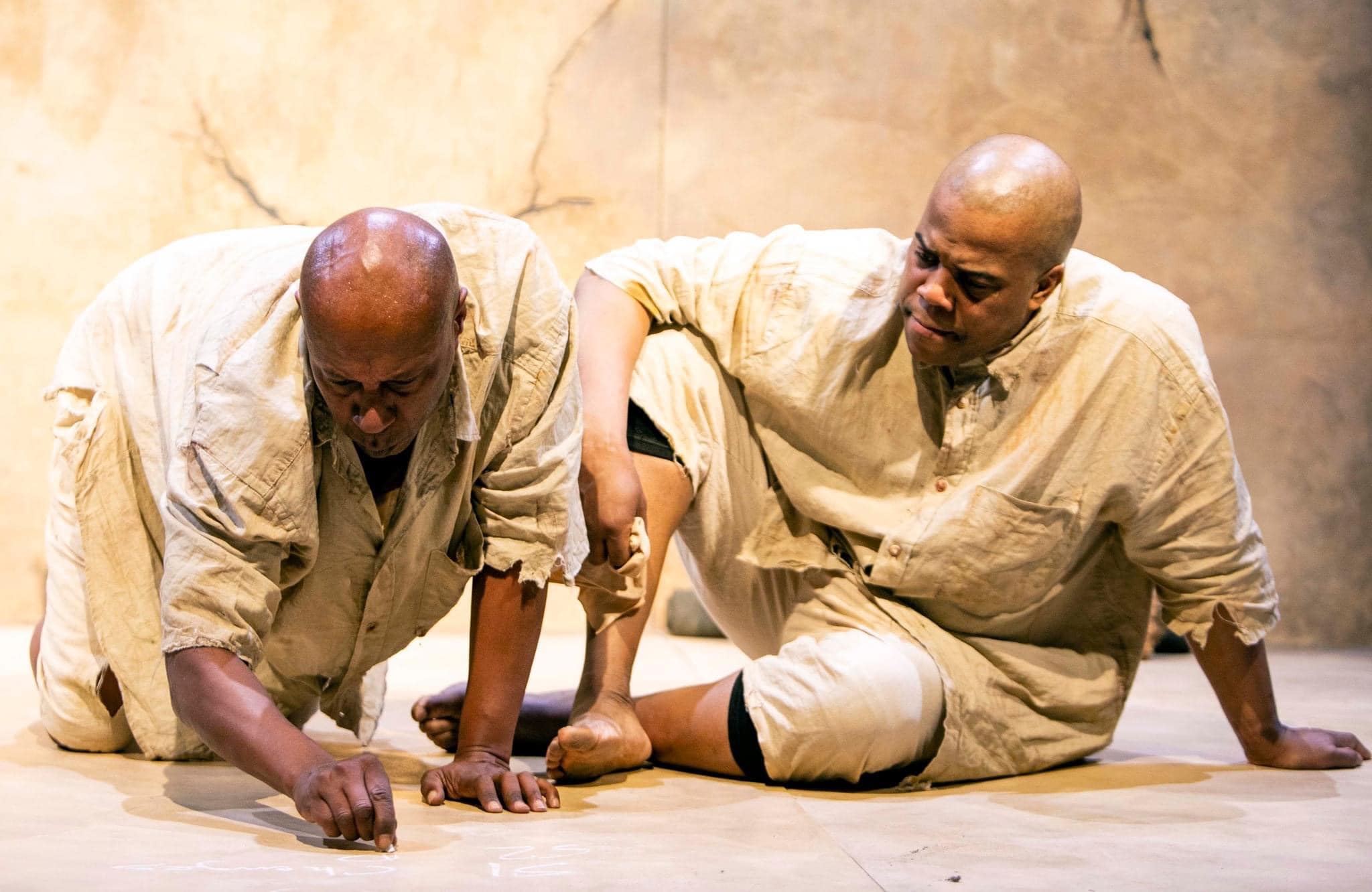
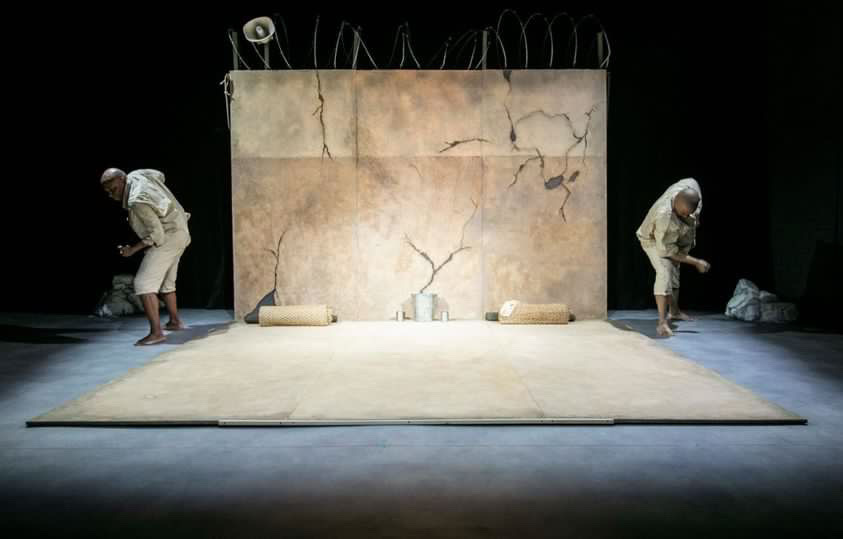
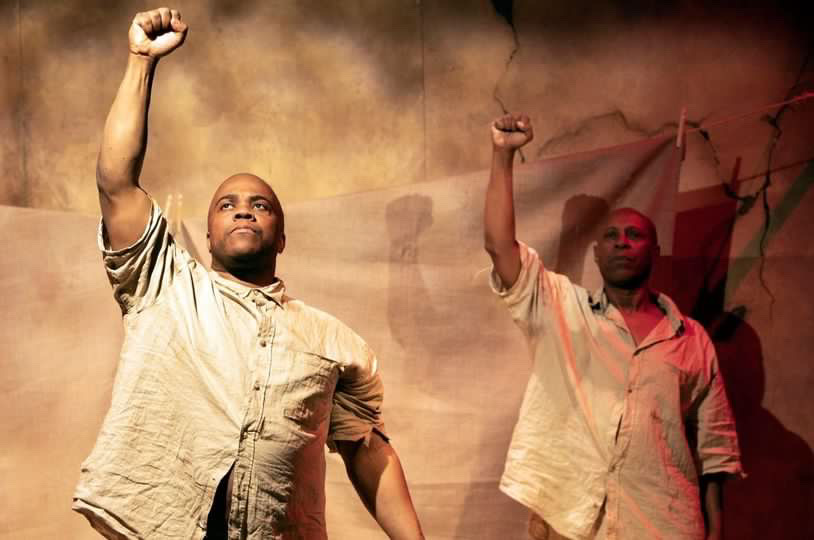

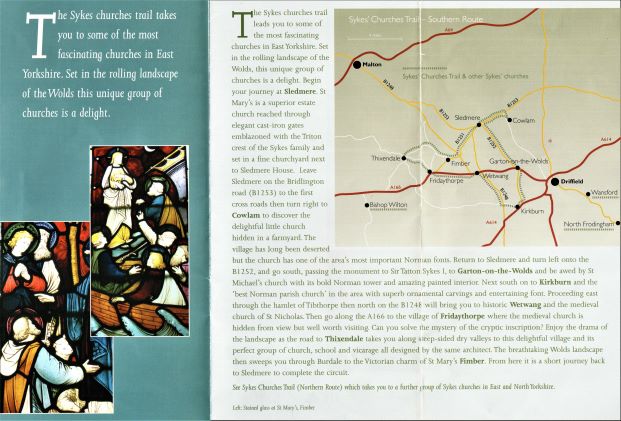
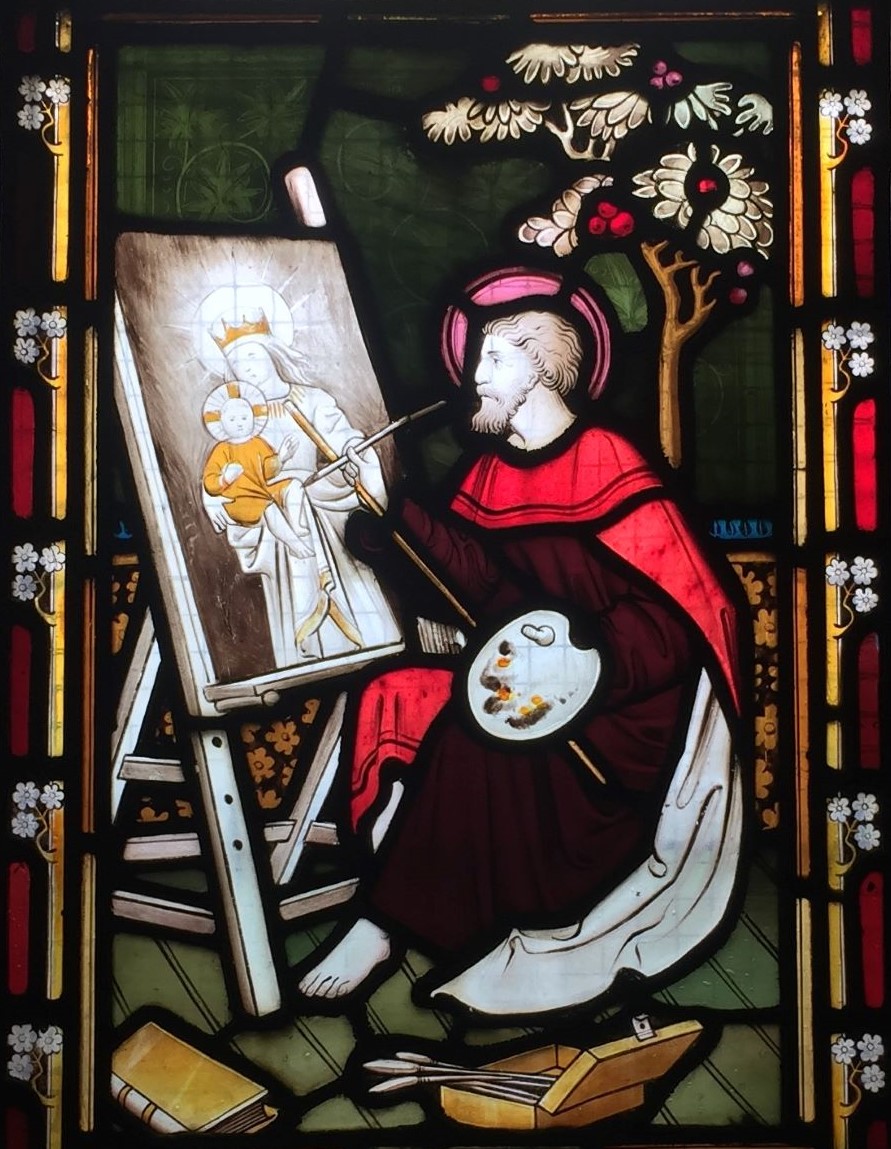
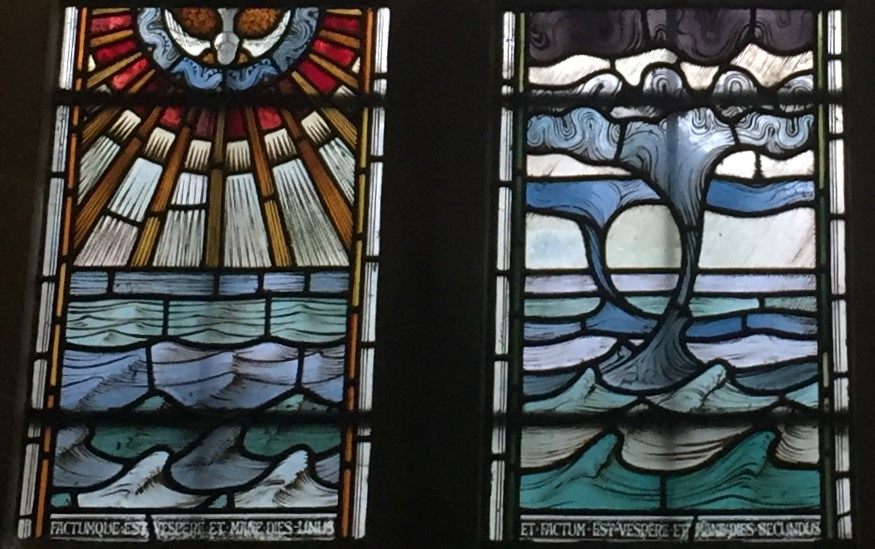
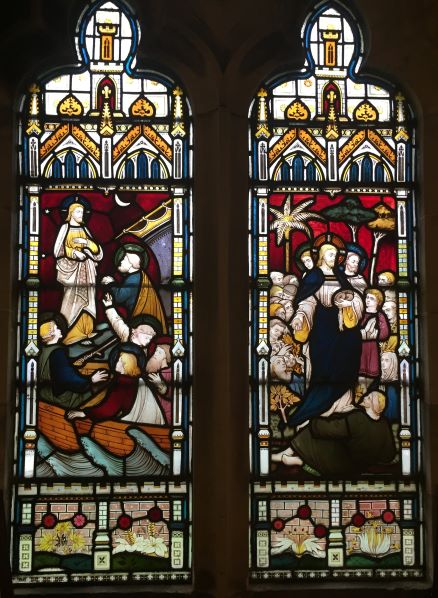
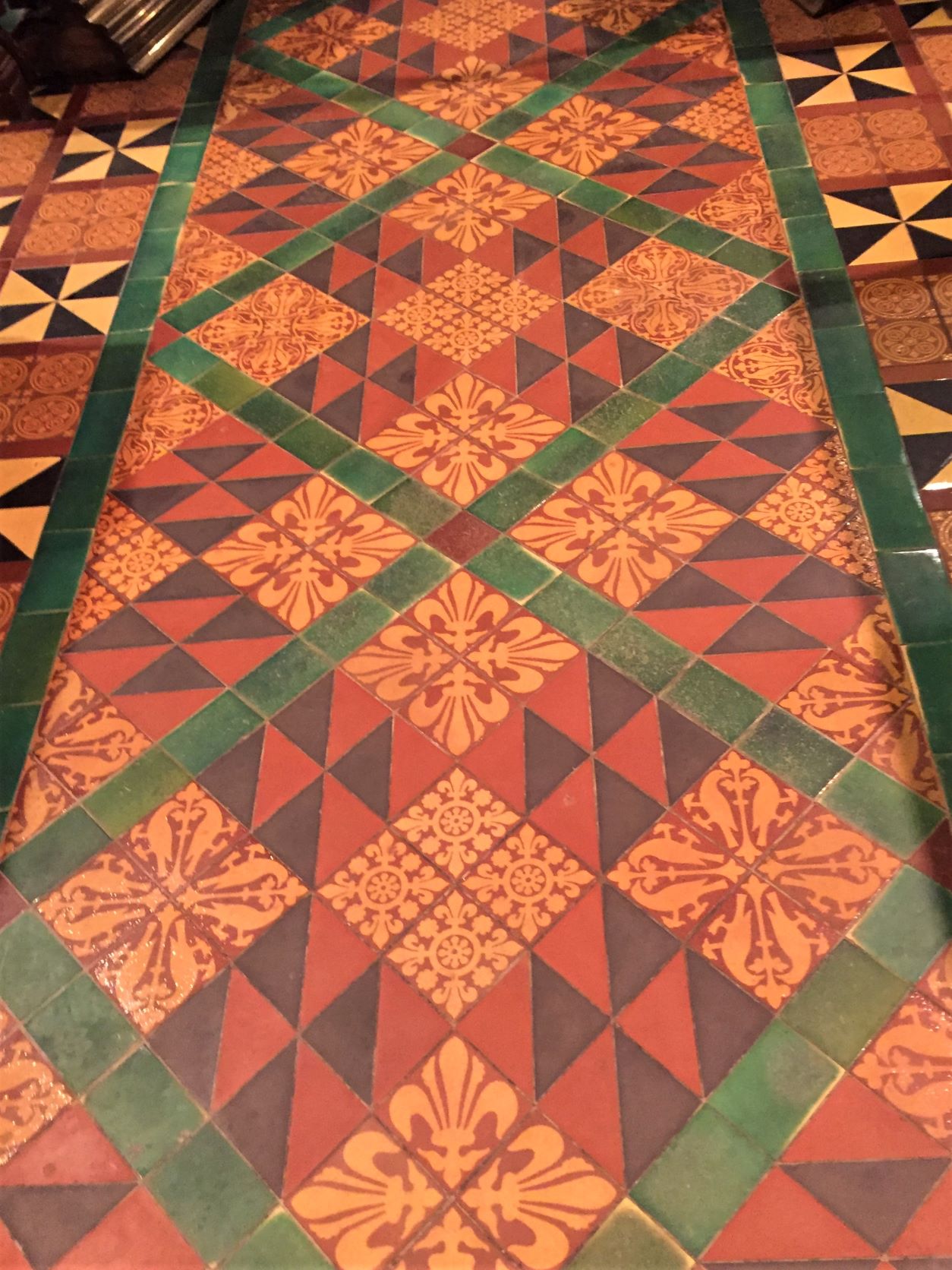
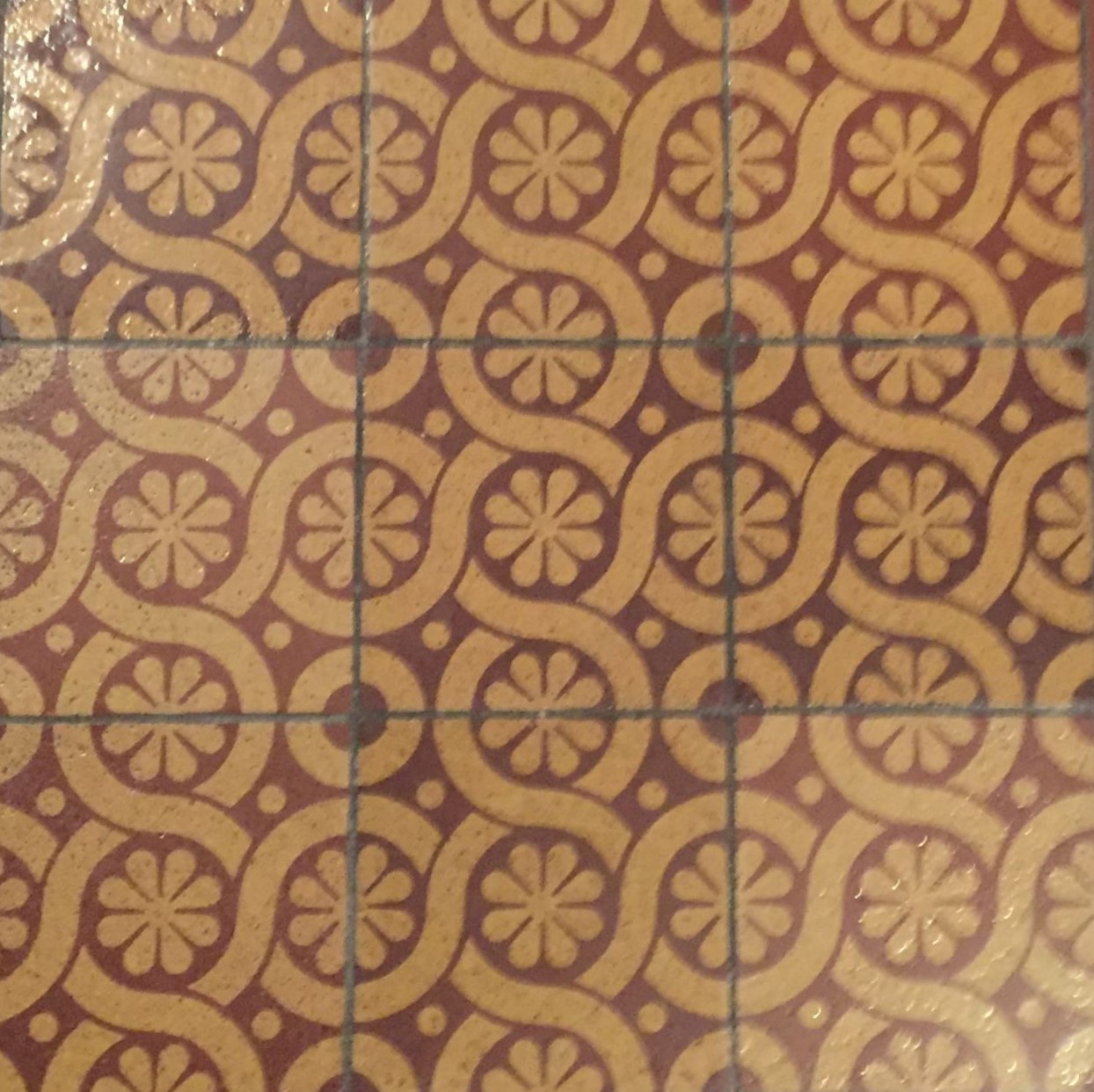
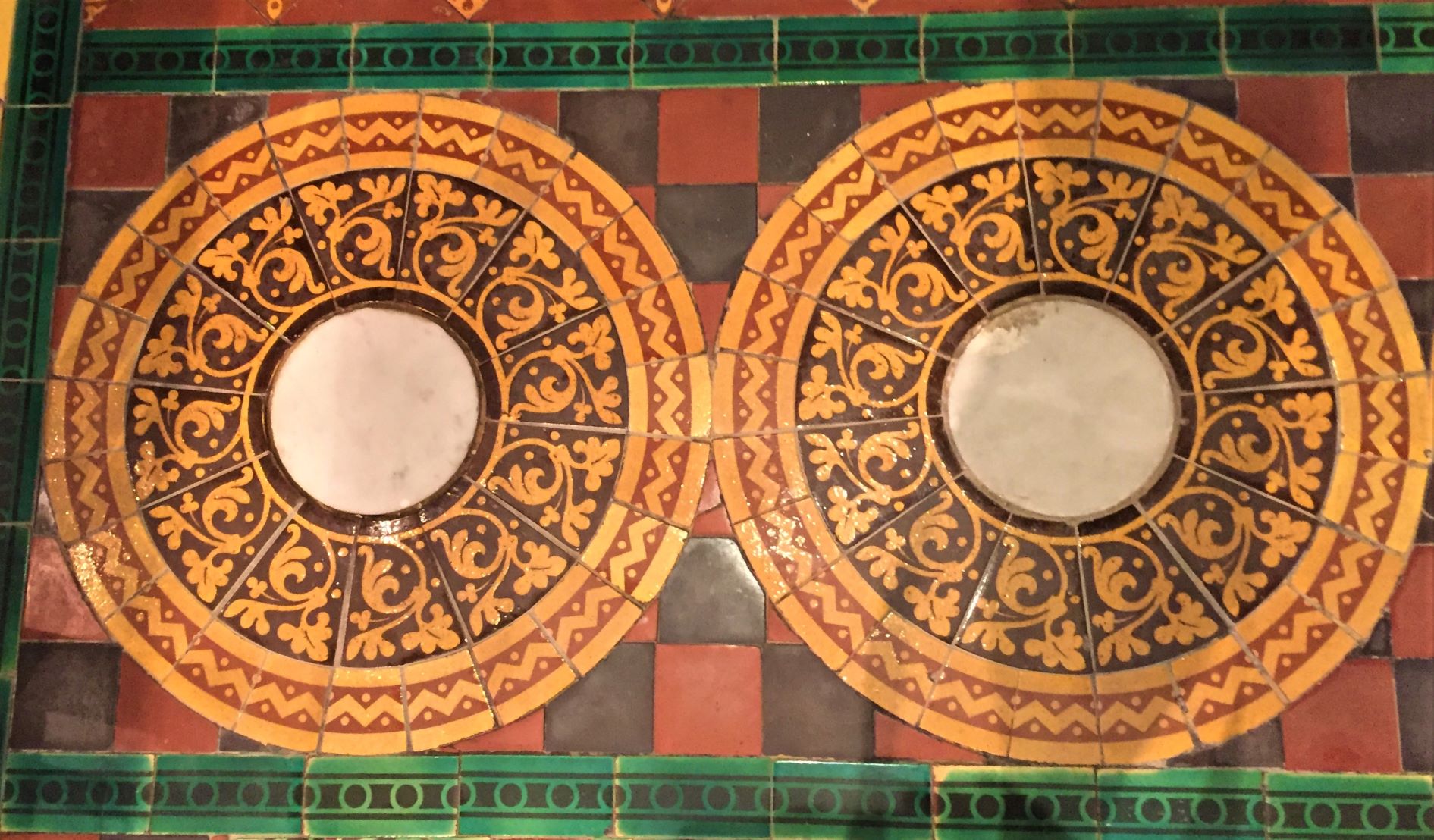
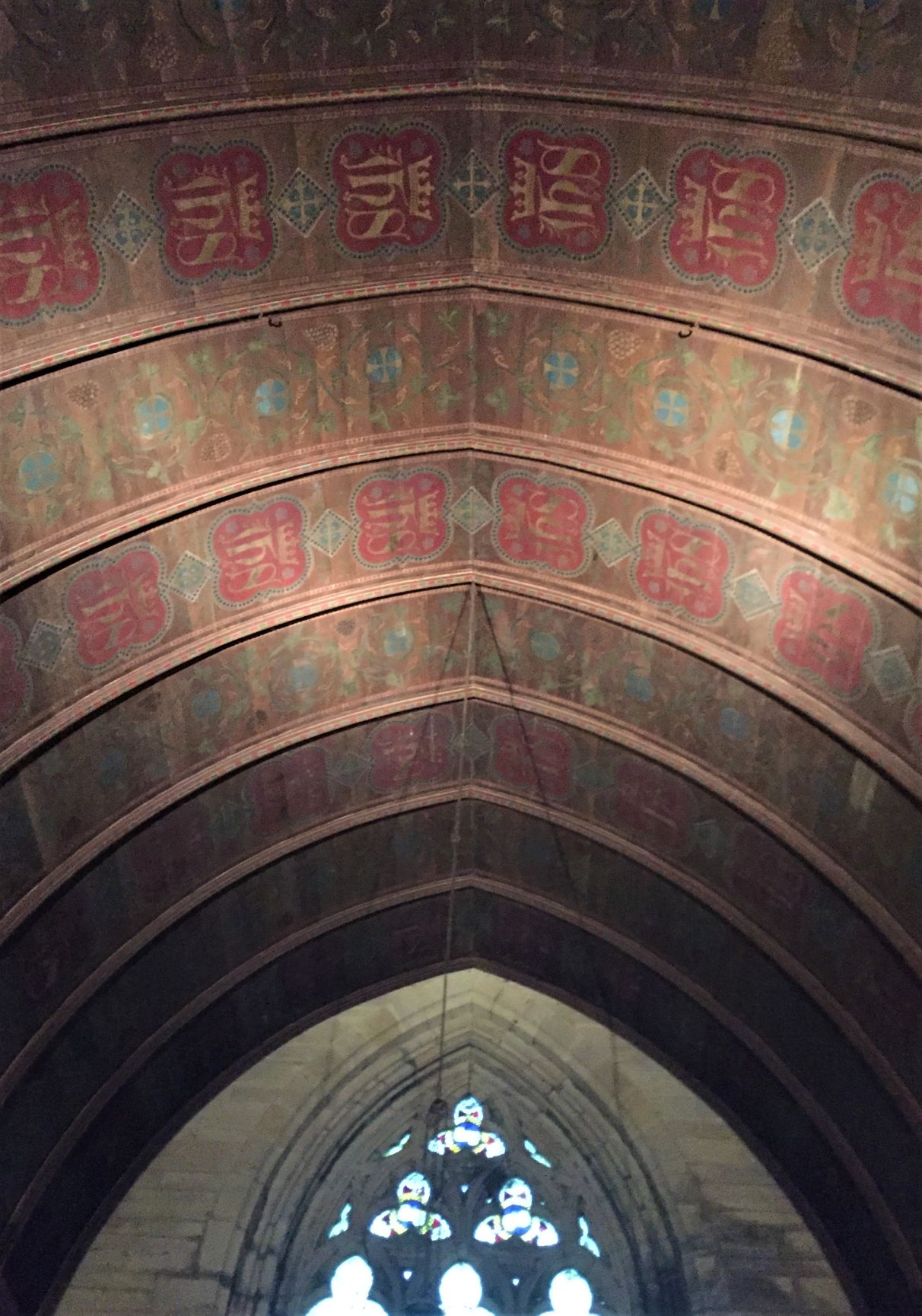
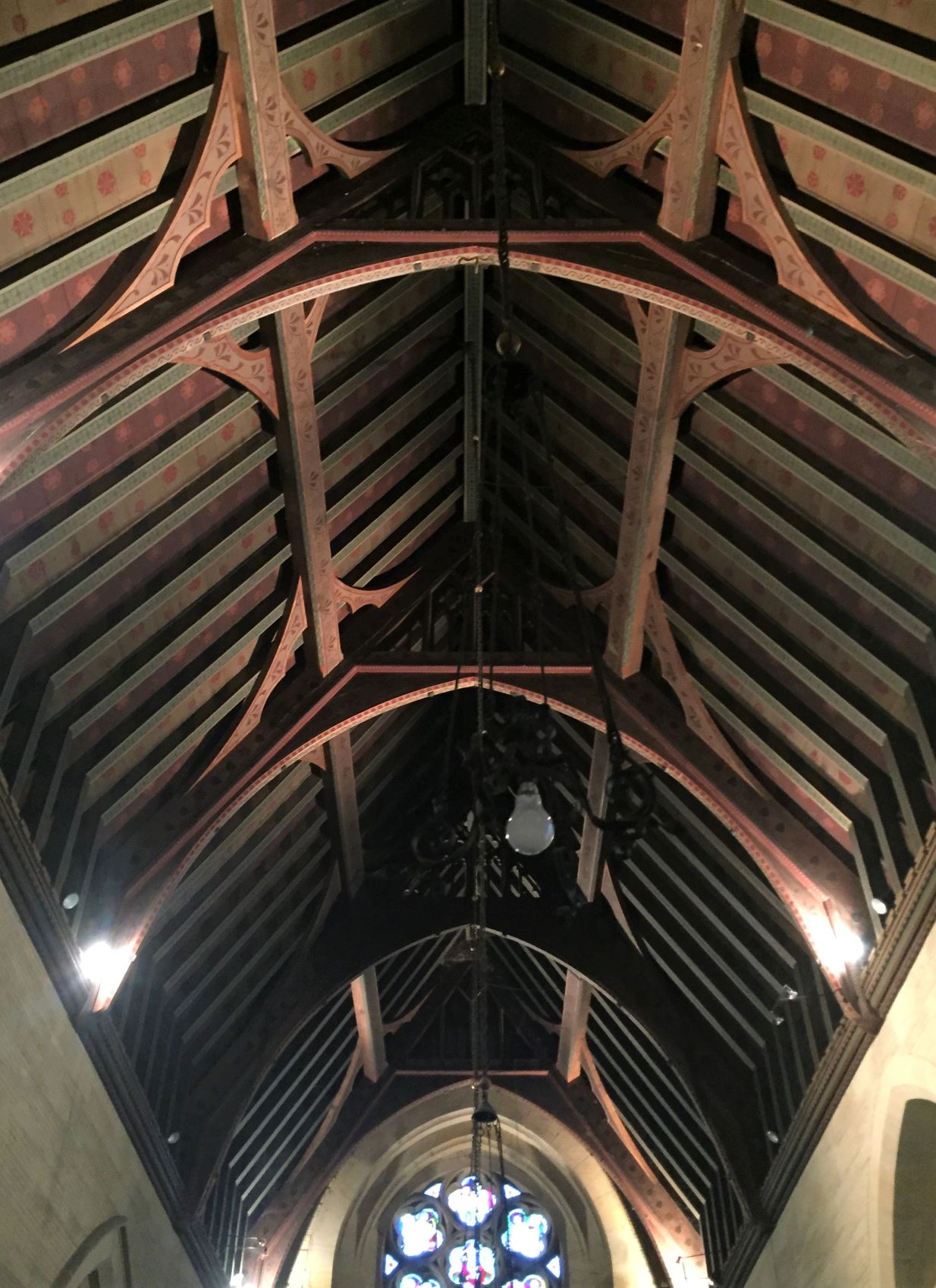
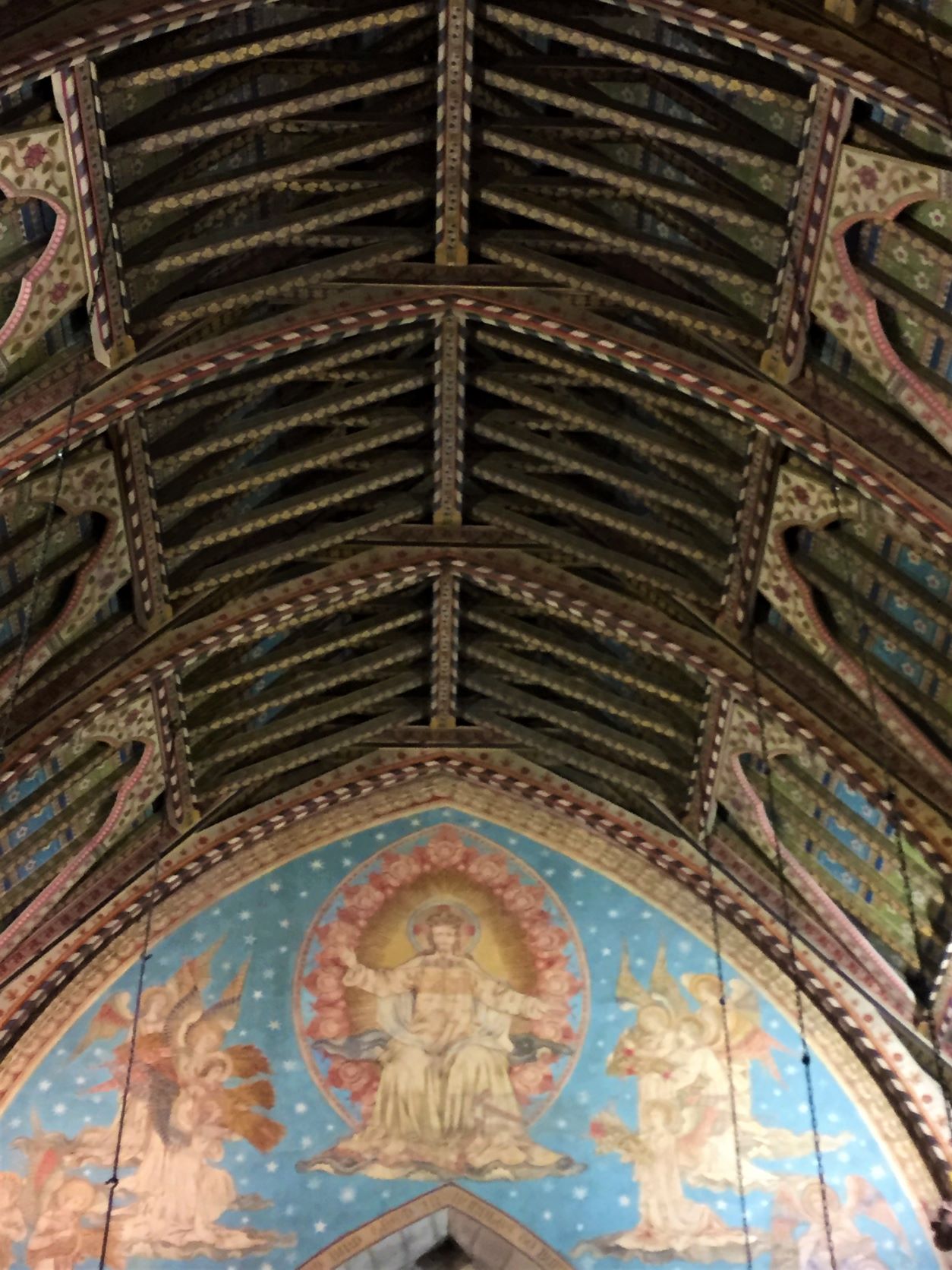
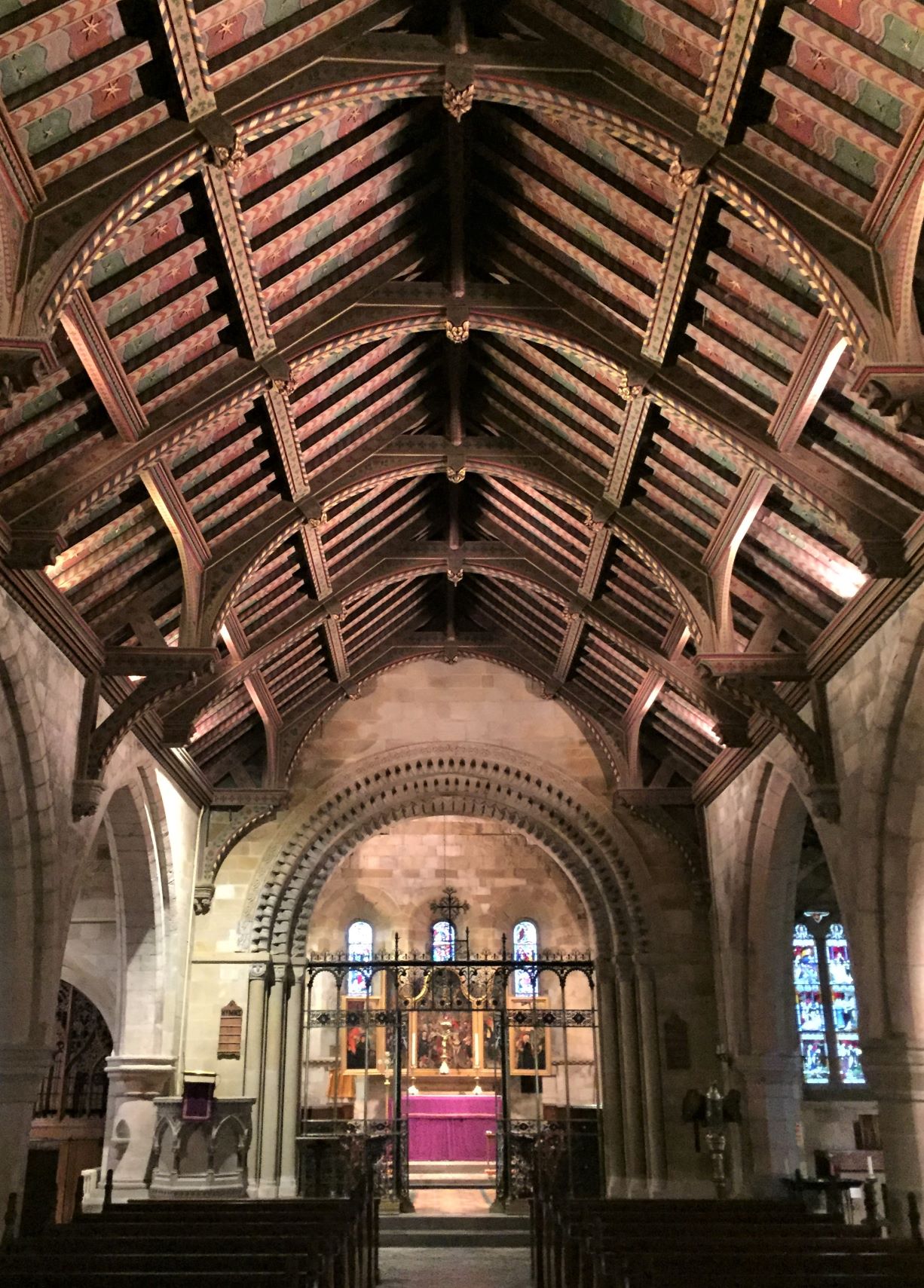
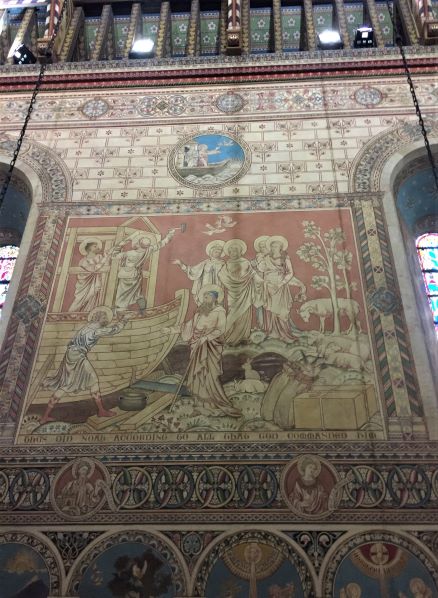
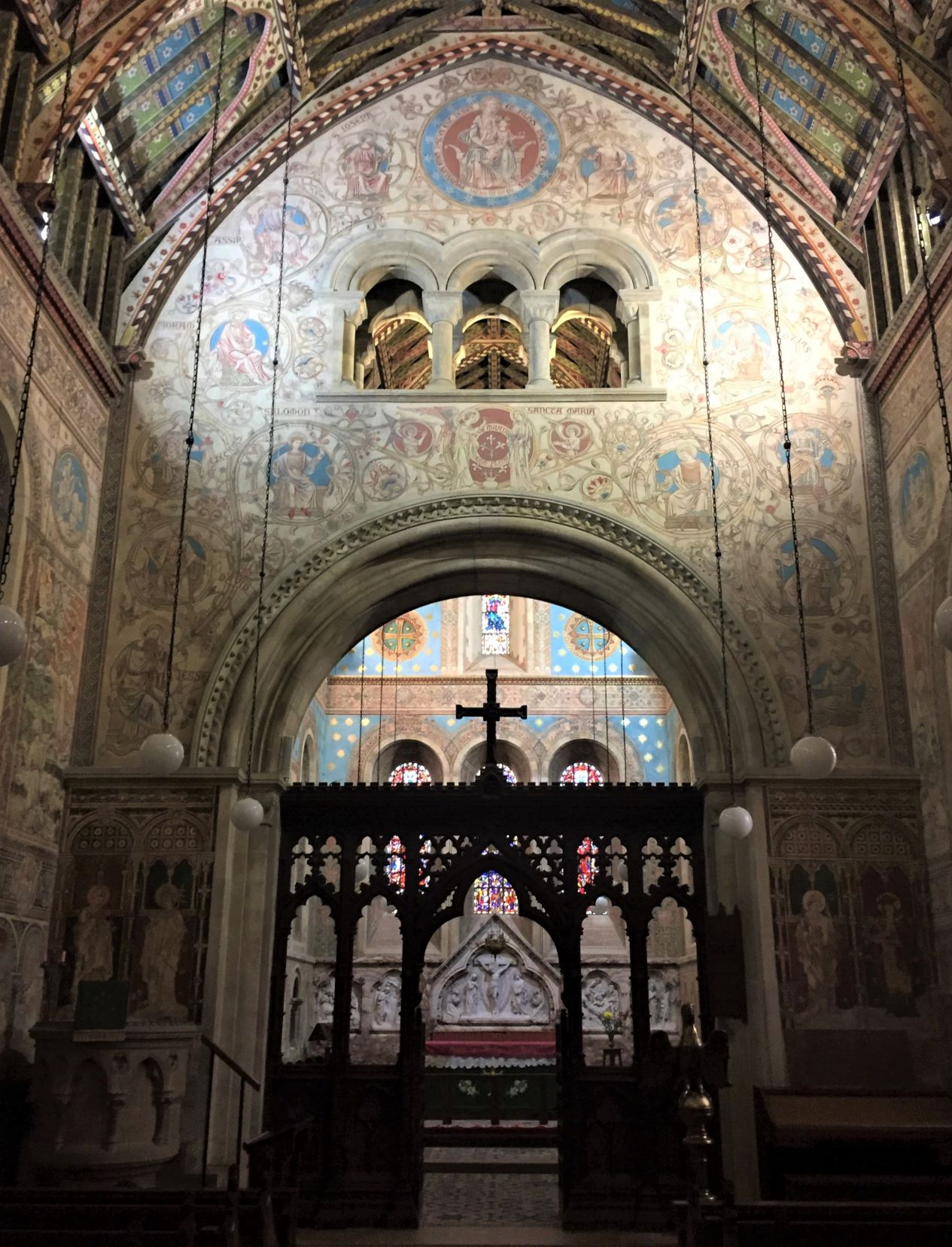
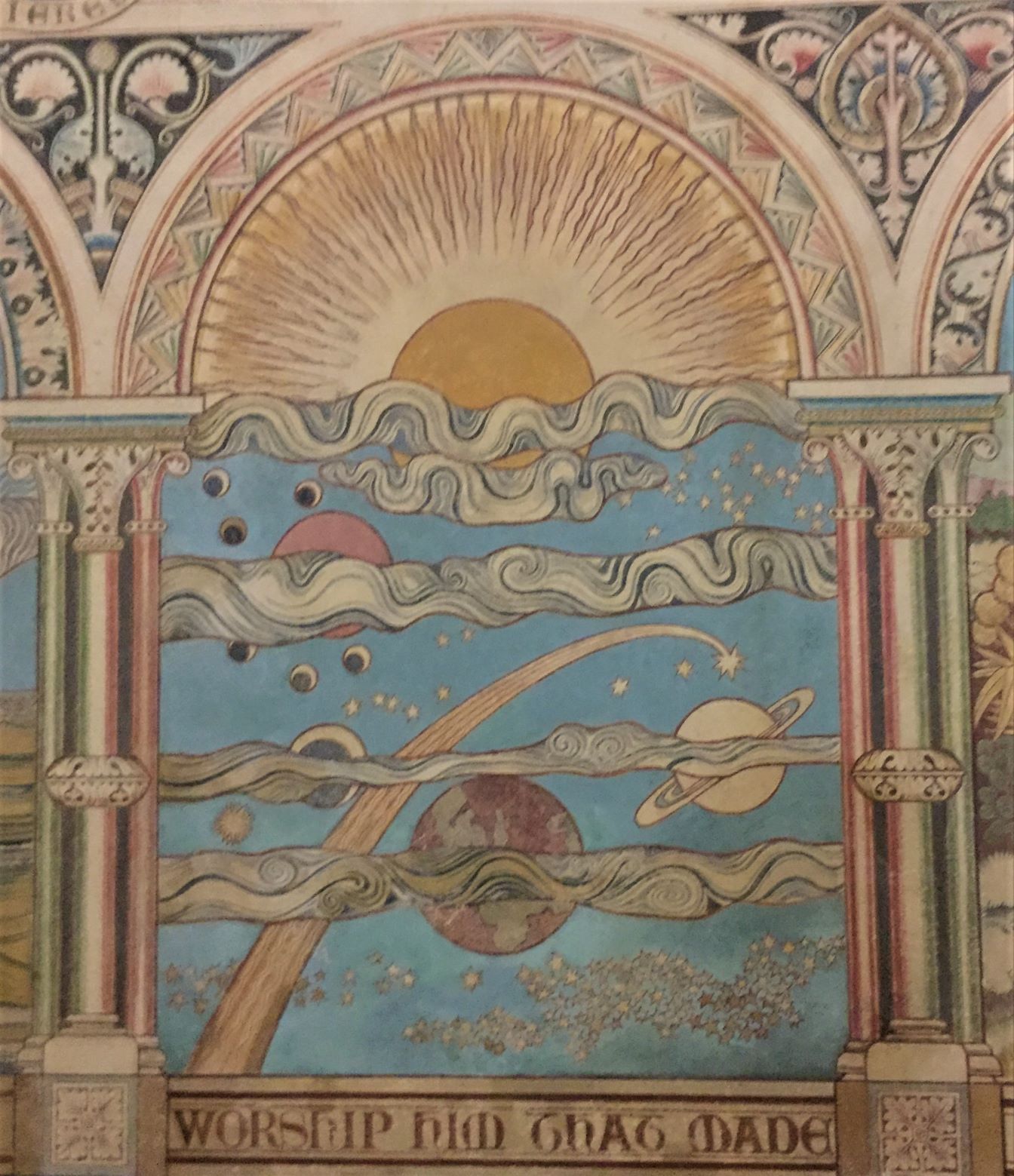
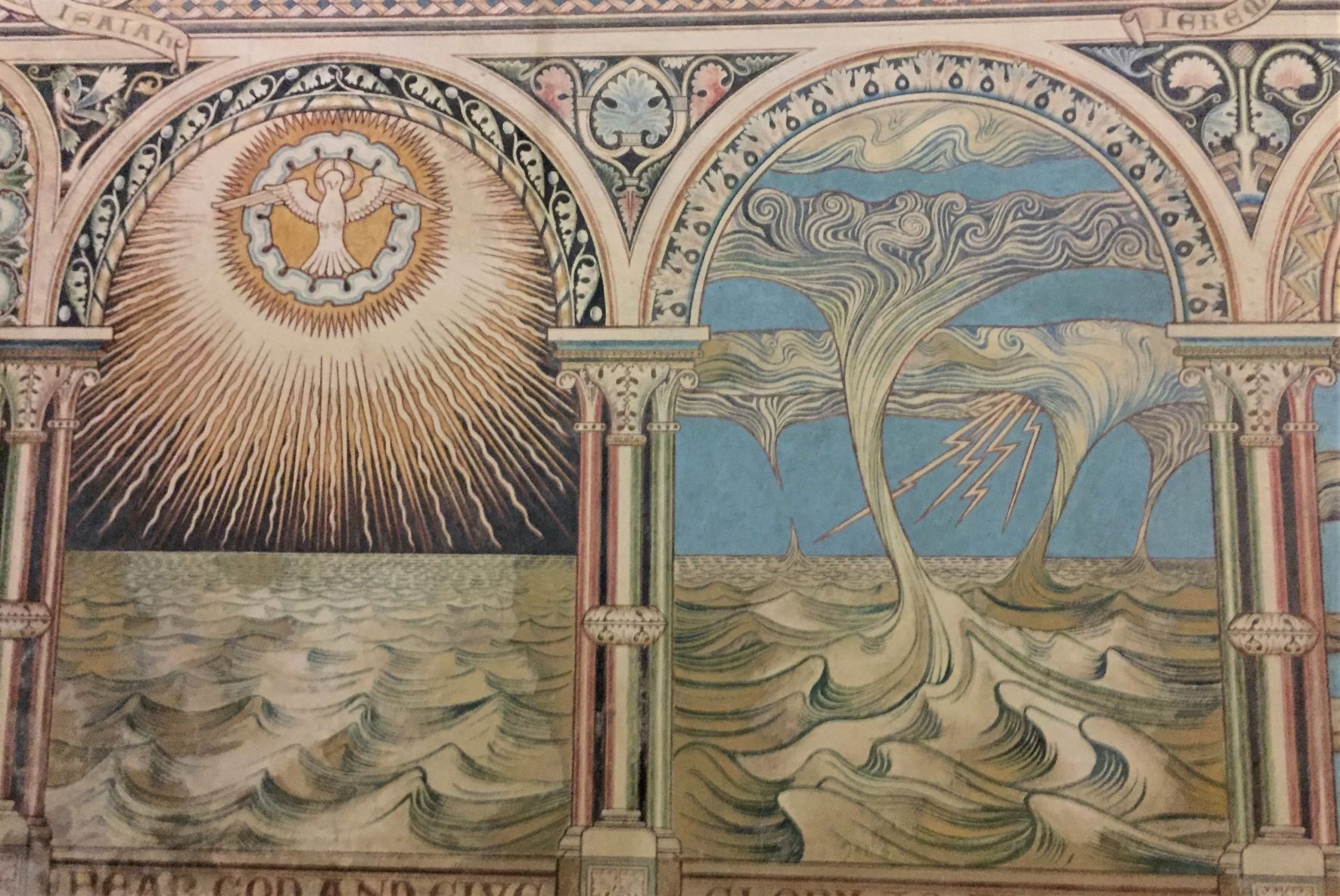
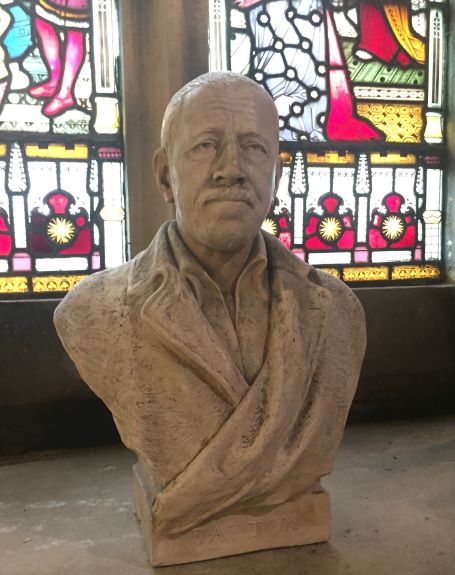
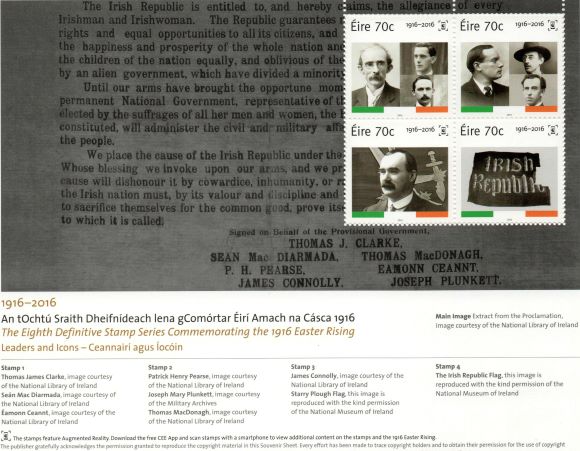

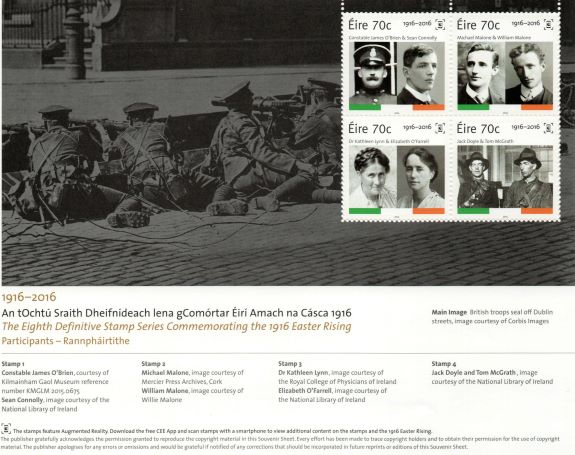
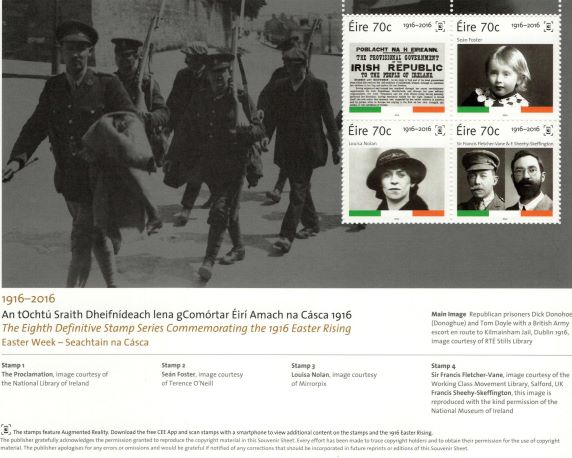
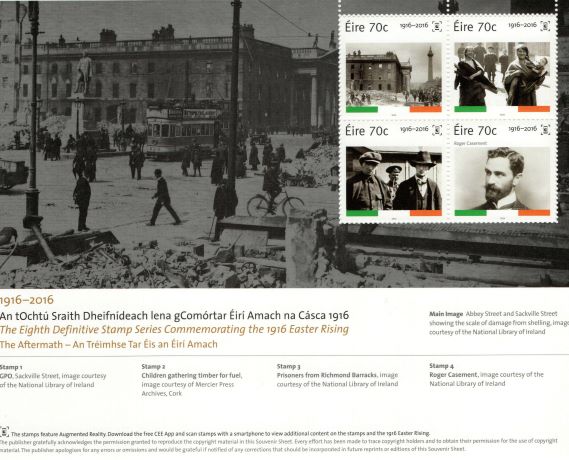
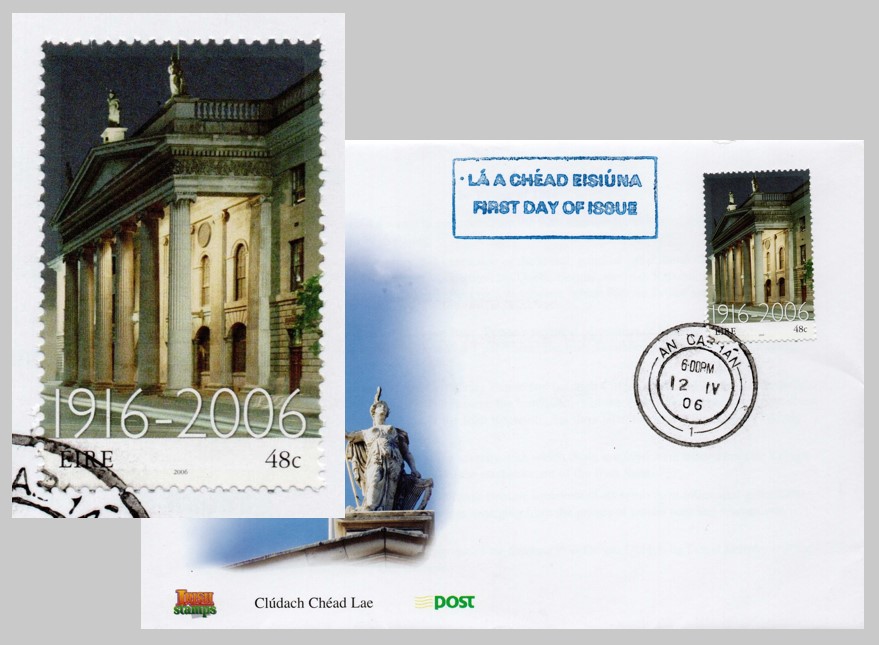
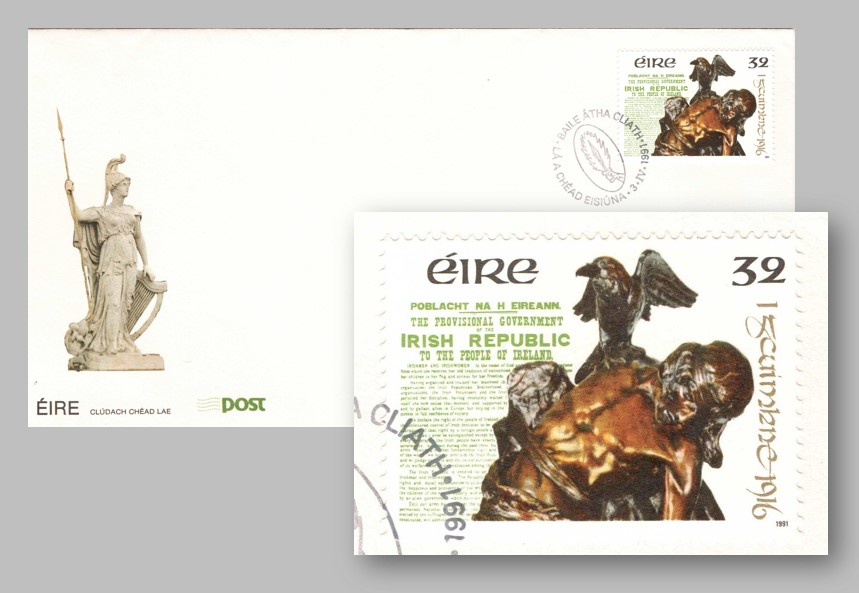

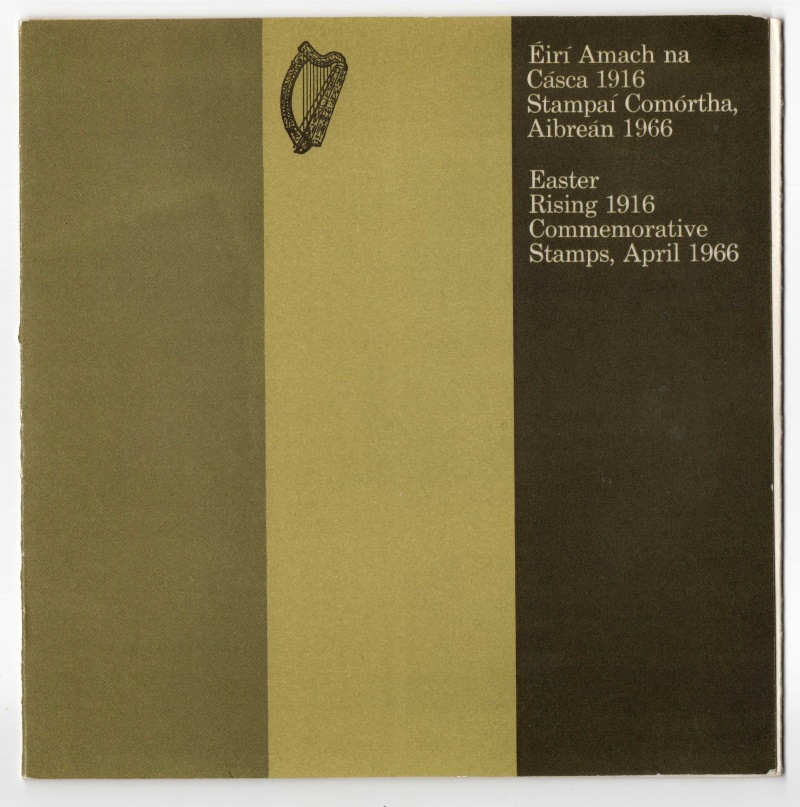

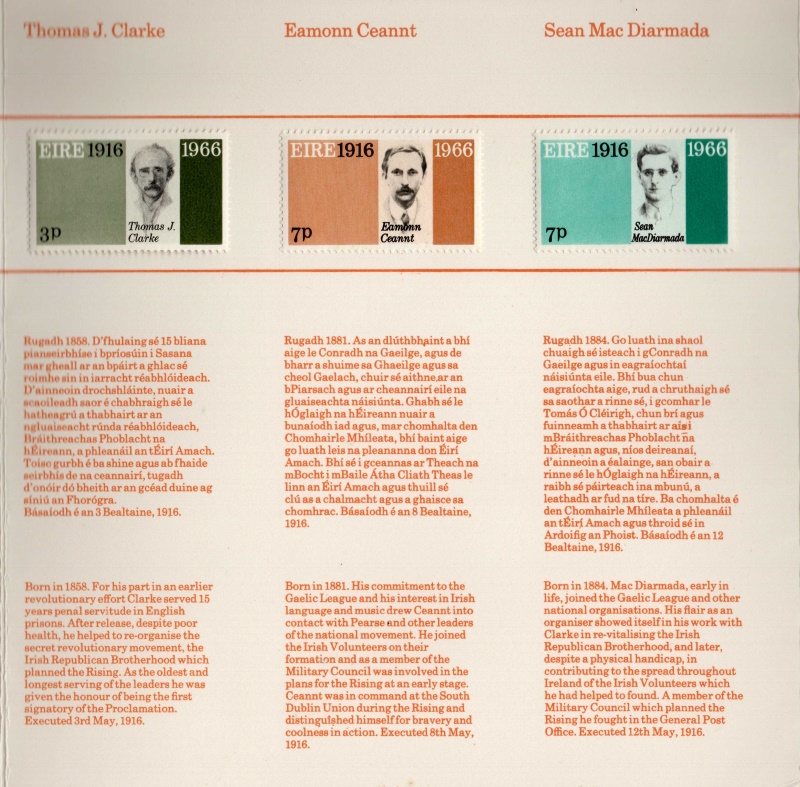
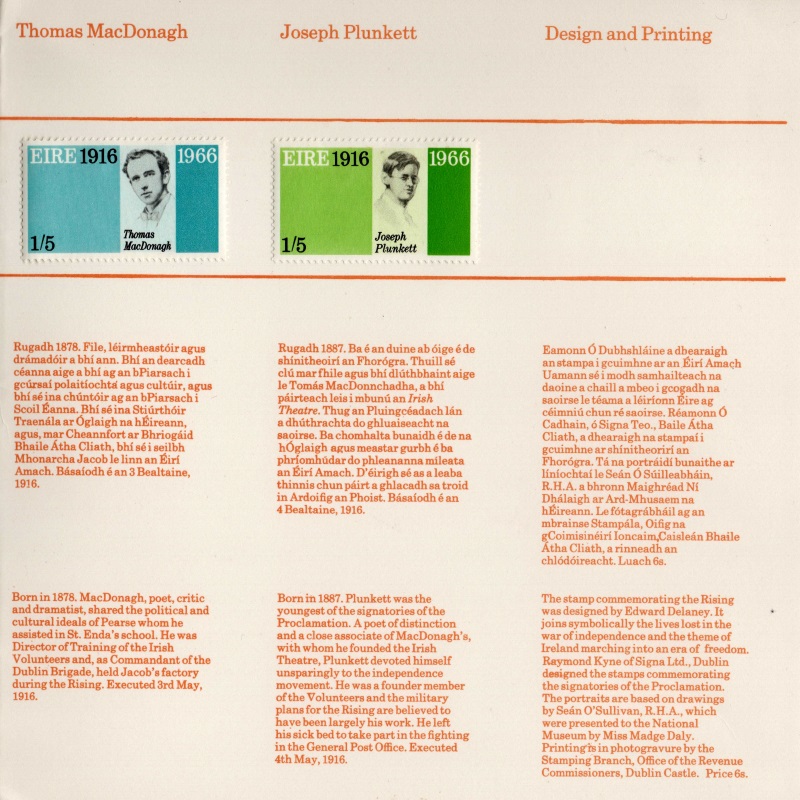
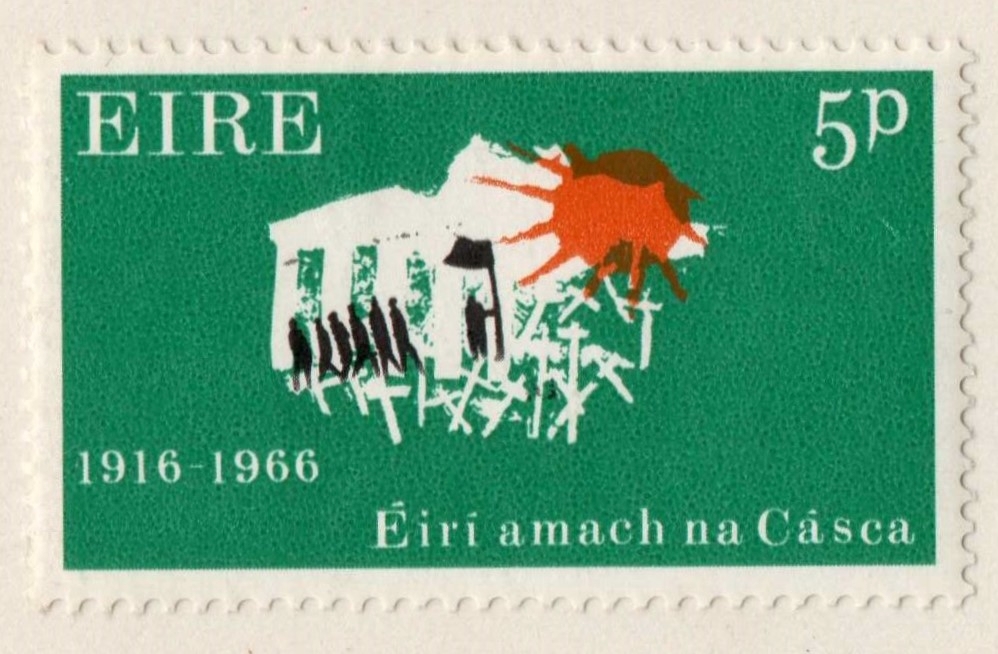


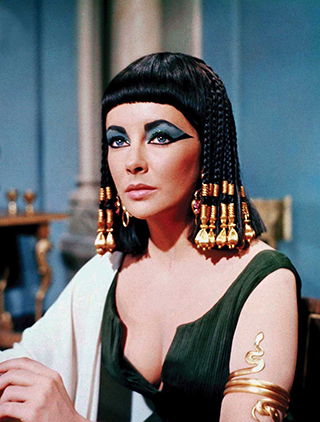

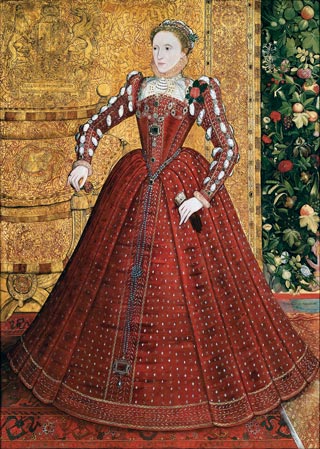

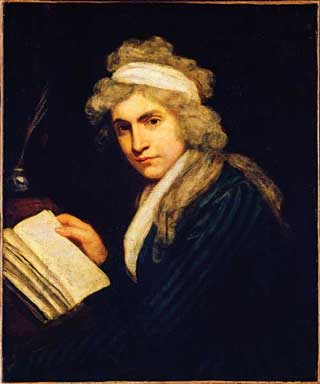
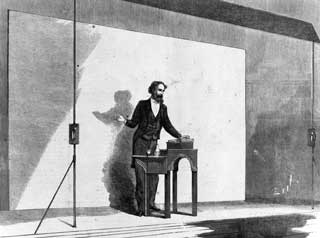
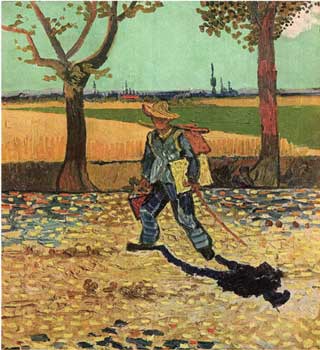
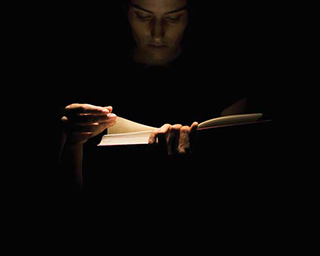

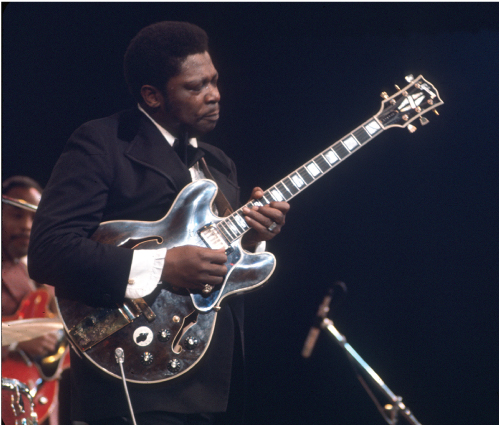



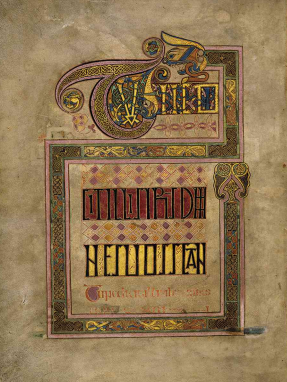

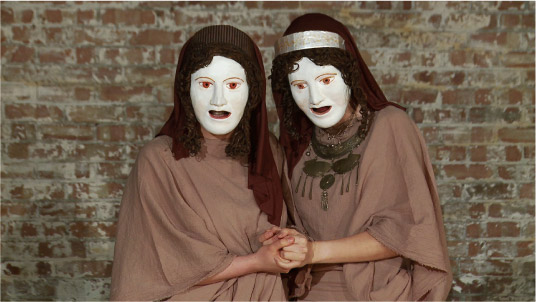
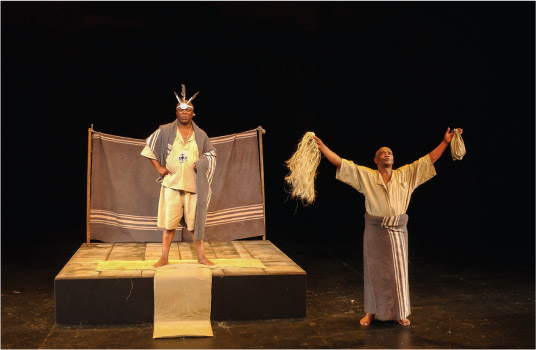

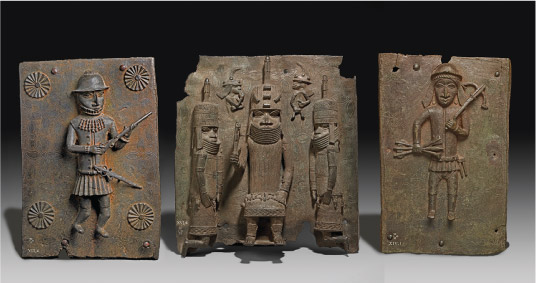

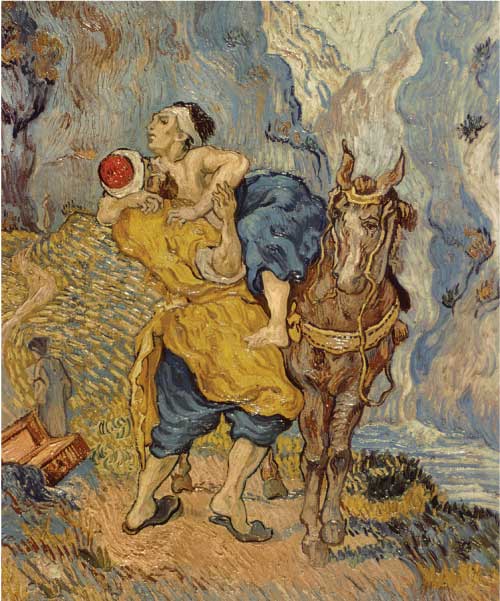
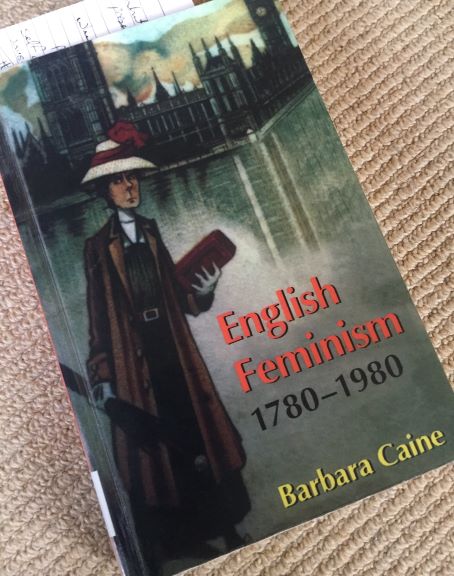





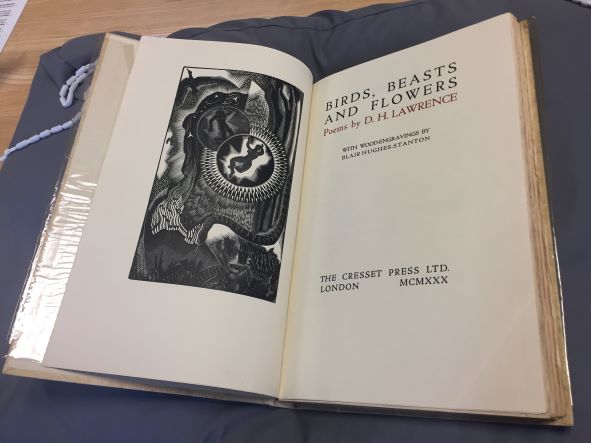
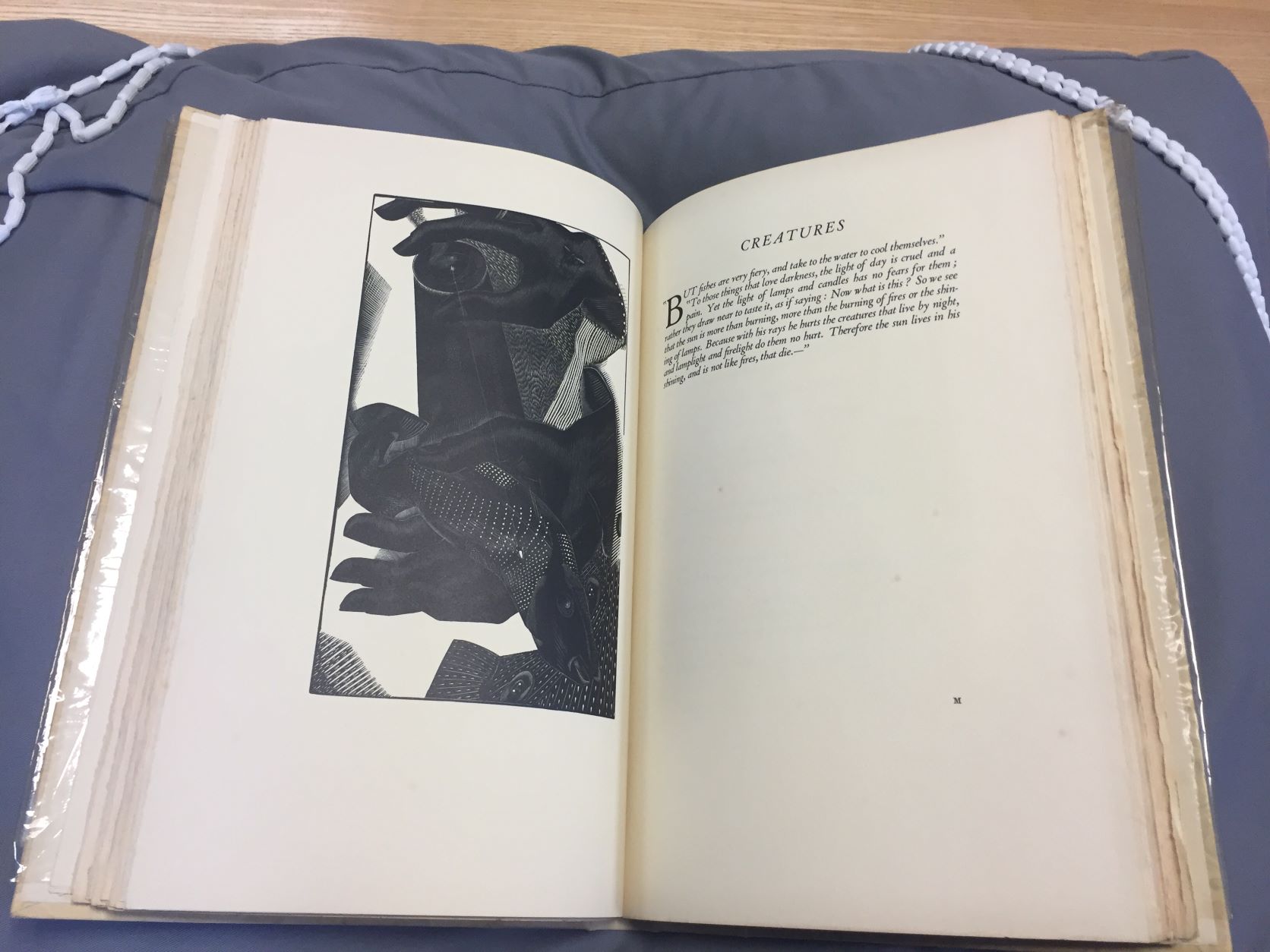




 #
#